Back in late April, my colleague and his girlfriend invited me to stay at their farm in rural northeast Falster, the neighbouring island to Lolland where I was living at the time. I came for a long weekend with the intention of exploring all of Falster by bike. Ambitious, yes, but not impossible, or so I thought. Because it turned out to be, for me at least. I’m too curious to not stop at every beautiful beach, every mysterious forest and every cat I pass by. The days were long and tiring, but I still “only” managed to explore the northeastern parts of the island. The south would have to wait. Northeast Falster is too beautiful to rush through.
The farm is located near Åstrup, a tiny village in the hilly countryside of northeast Falster. A gorgeous location that I was in love with the instant I stepped out of the bus. I was welcomed with open arms by Michala and Bjørnar, their two goats and cats in abundance. One of the cats had just given birth, two days before in fact, and Bjørnar hadn’t told me because he wanted it to be a surprise. He knows how much I adore cats, and I truly do. I spent three nights at the farm, and had a new cat sleep with me every night!
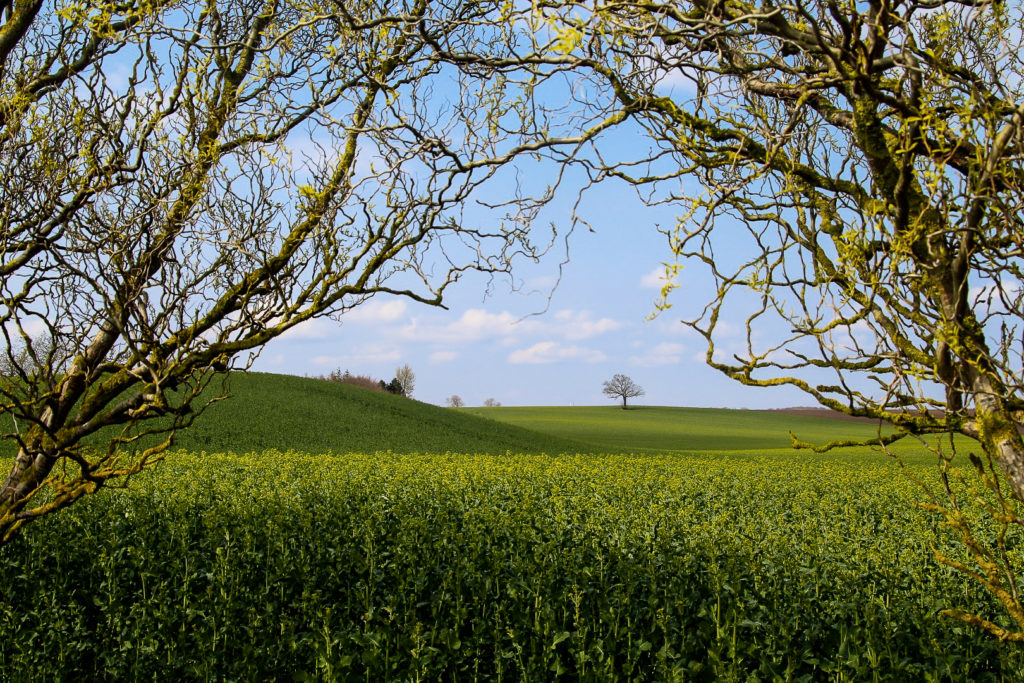
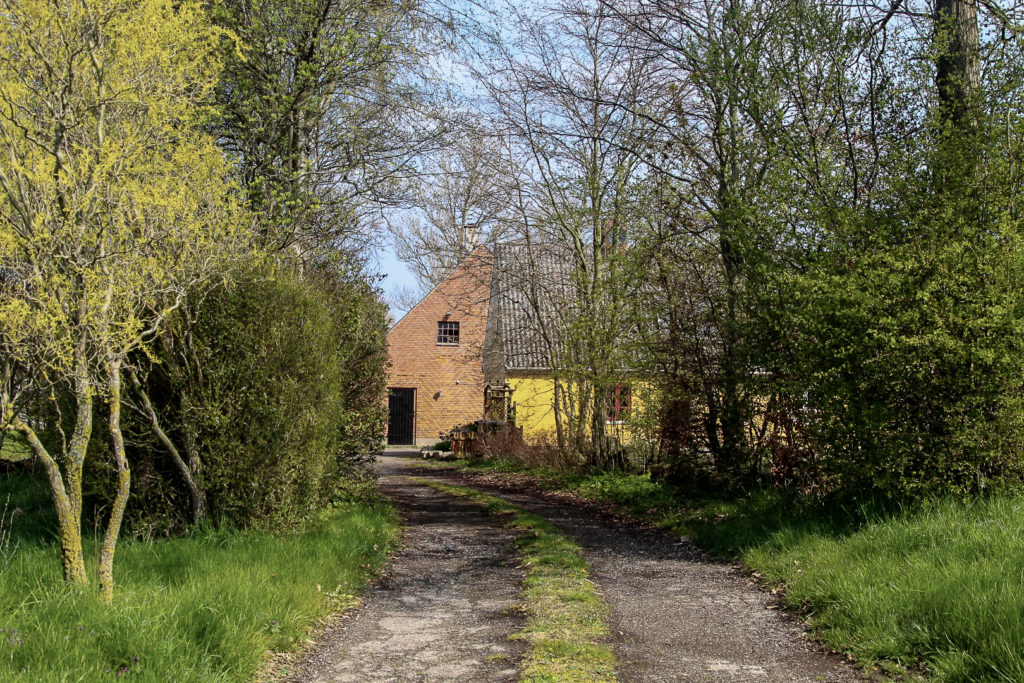
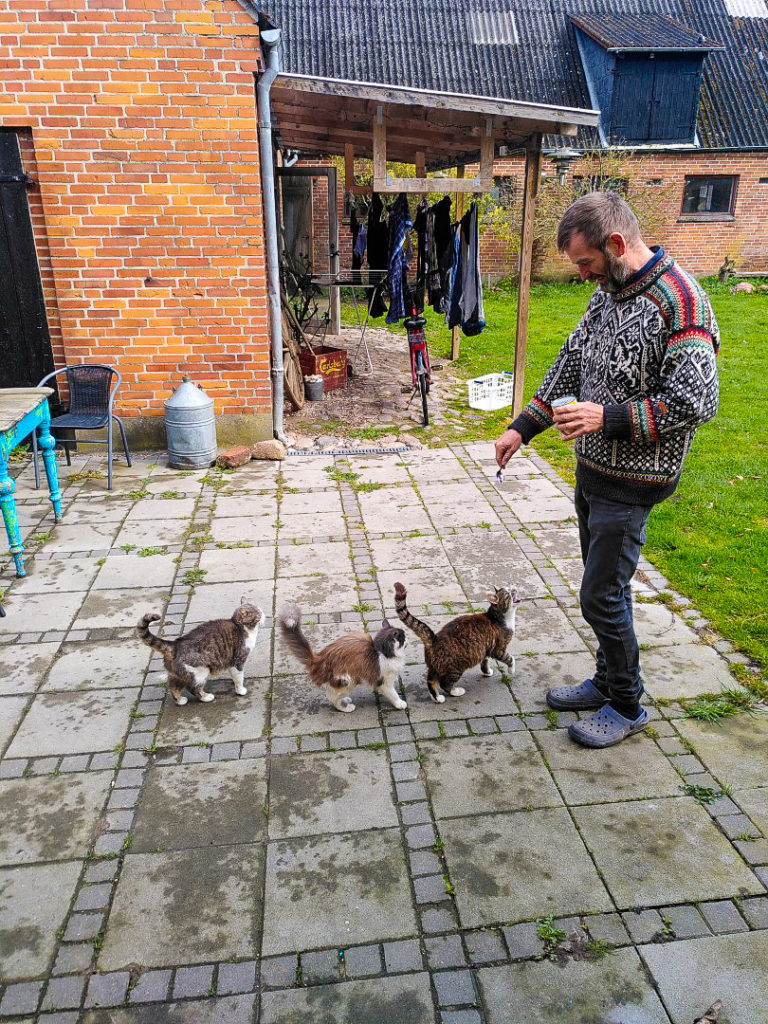

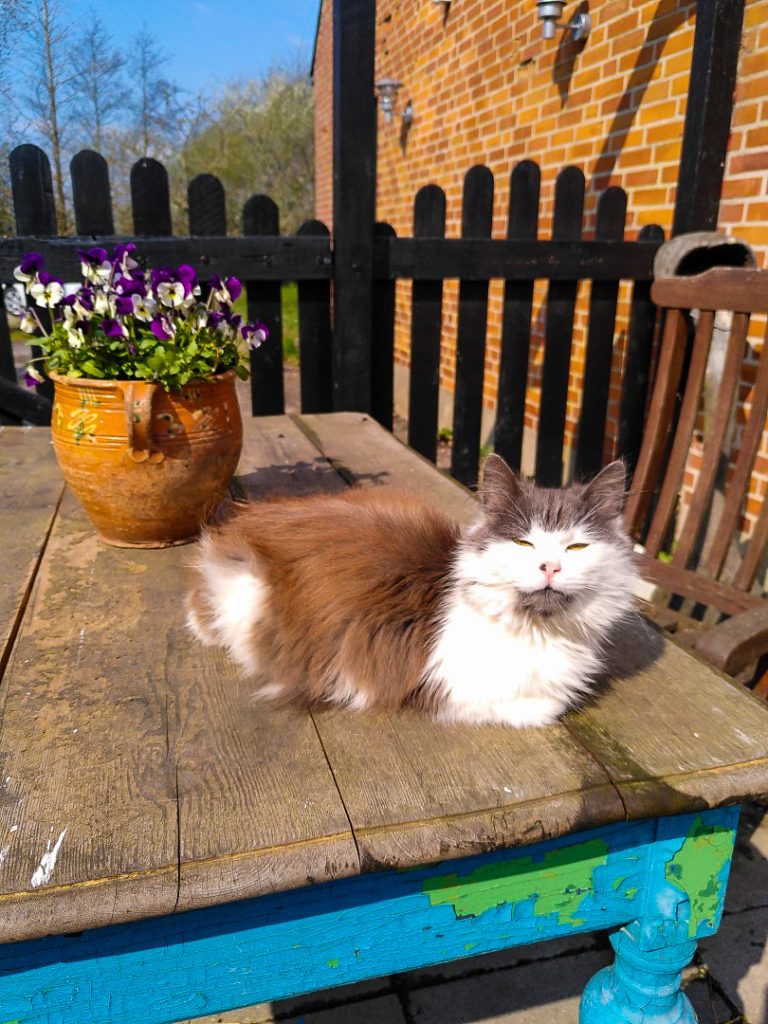
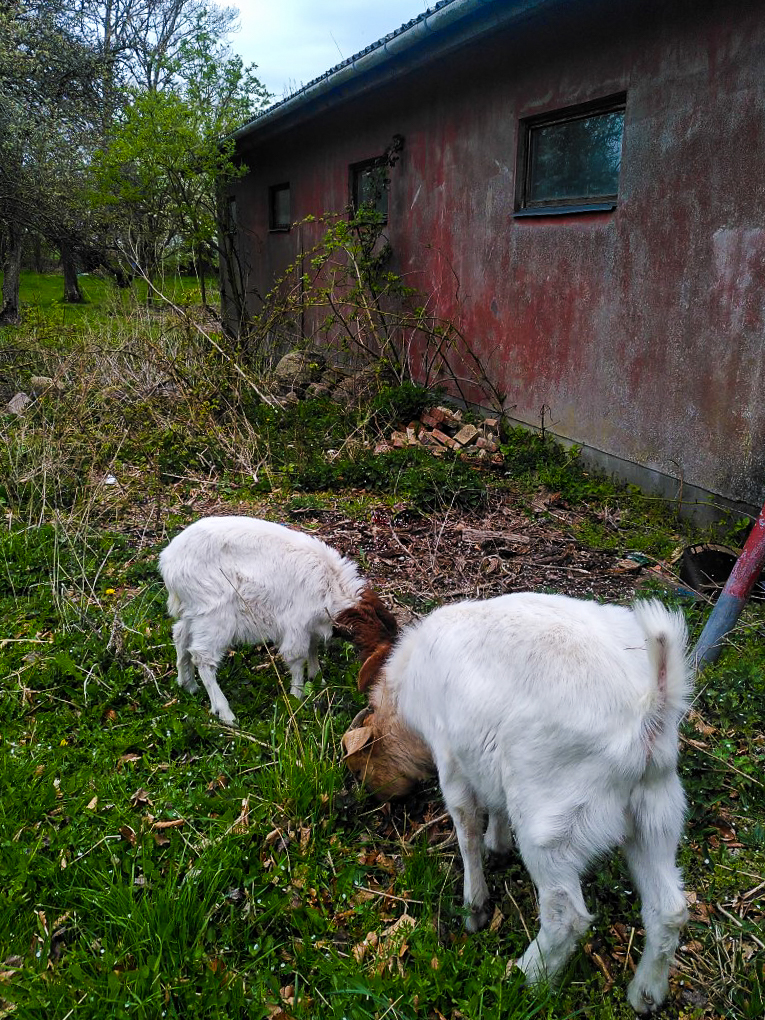
Beauty in abundance at Corselitze Østerskov
I woke up early the next morning to begin my explorations of the area. The sun was out, warming my face as I grabbed my bike and rode to Corselitze Østerskov, an enormous forest that stretches along the east coast of Falster, with prehistoric burial mounds and passage graves hiding around every corner.
The air was warm and birds were singing as I biked slowly through the dark forest in search of the ancient burial structures. I followed a trail that stretches right down to the ocean and found a small winding path along a cliff edge. At one point, I came to a staircase that lead me down to the rocky beach below. I went searching for fossils but found none.
Back up on the trail, I continued along the coast on the cliff edge until I reached a small fireplace with logs set up around it to sit on. It was the perfect place to enjoy my lunch while taking in the views of this beautiful part of Denmark.
Continuing through the forest, I reached the easternmost point of Falster, marked by a house, and not long after, I biked past the tiny fishing village of Stubbehage before leaving the beauty of the forest behind.
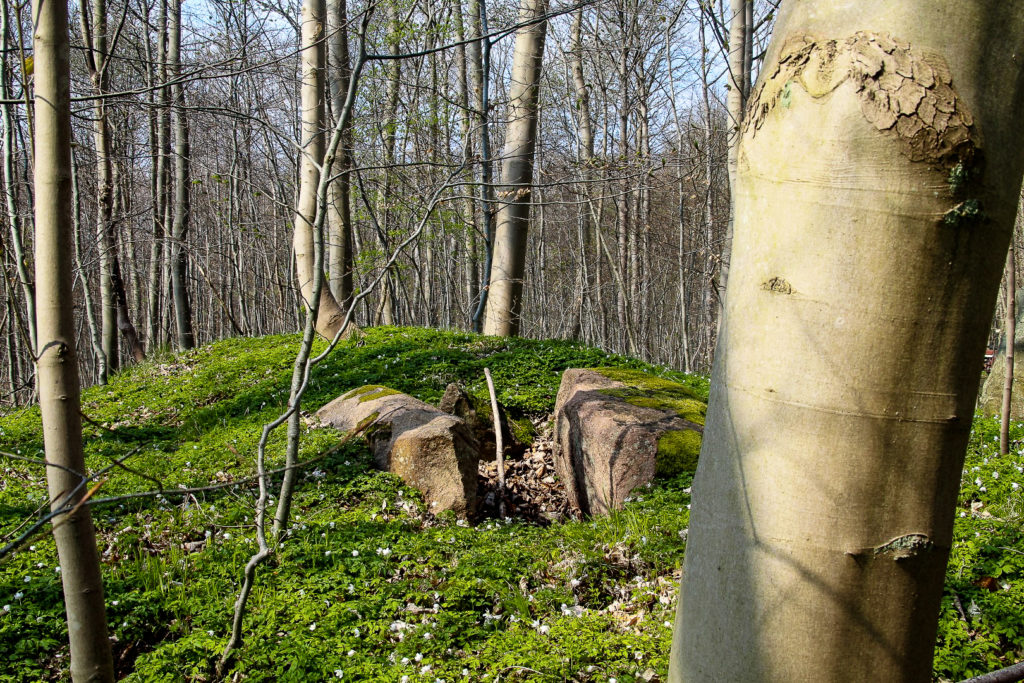
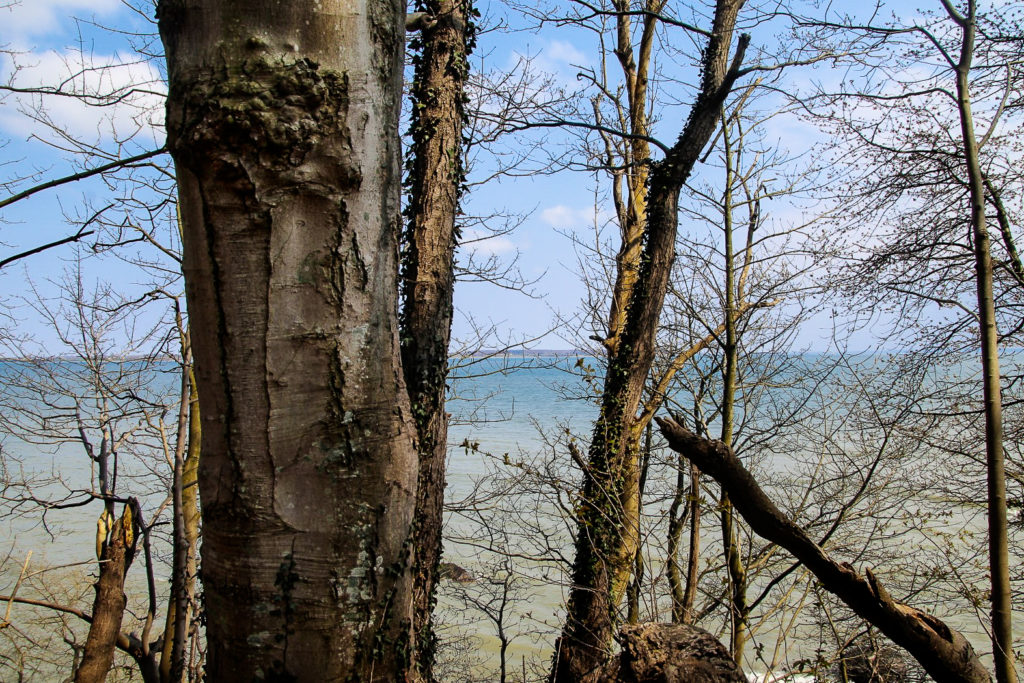

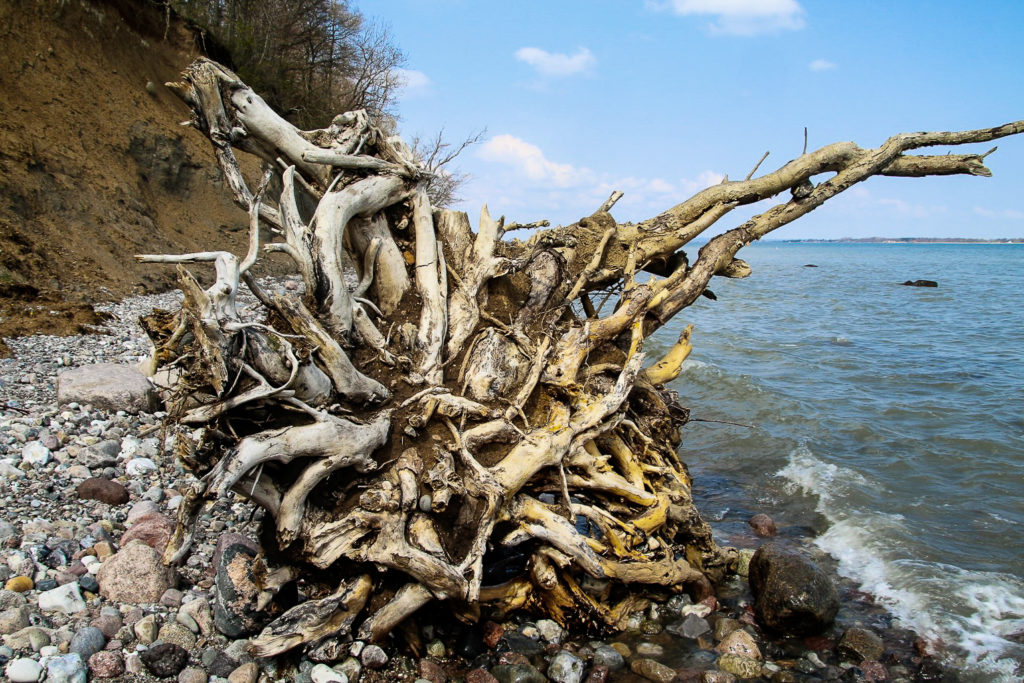
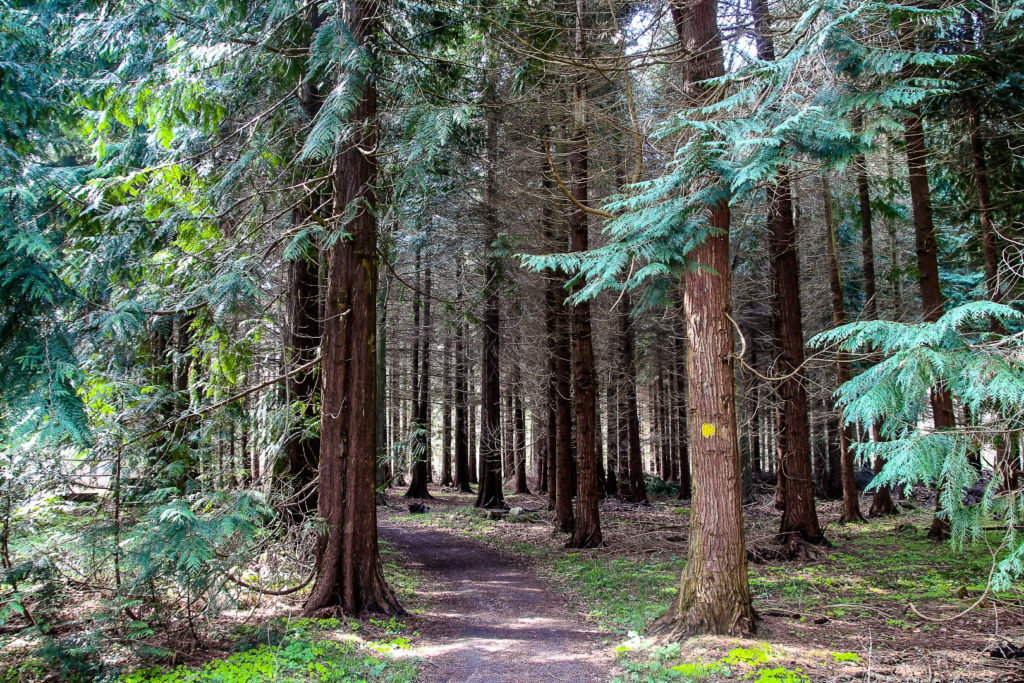
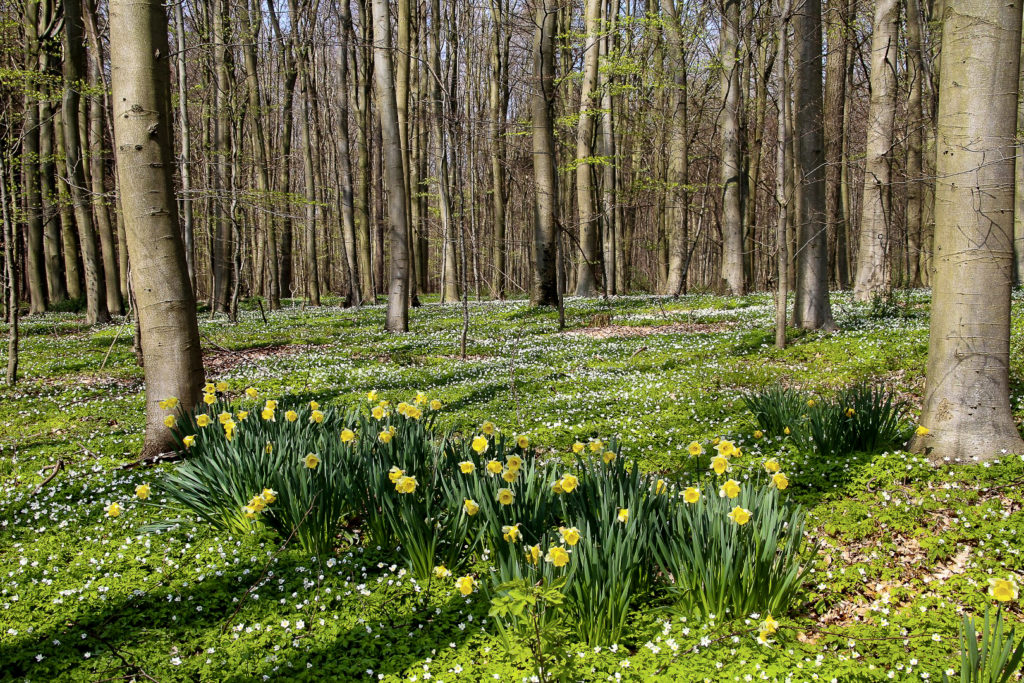
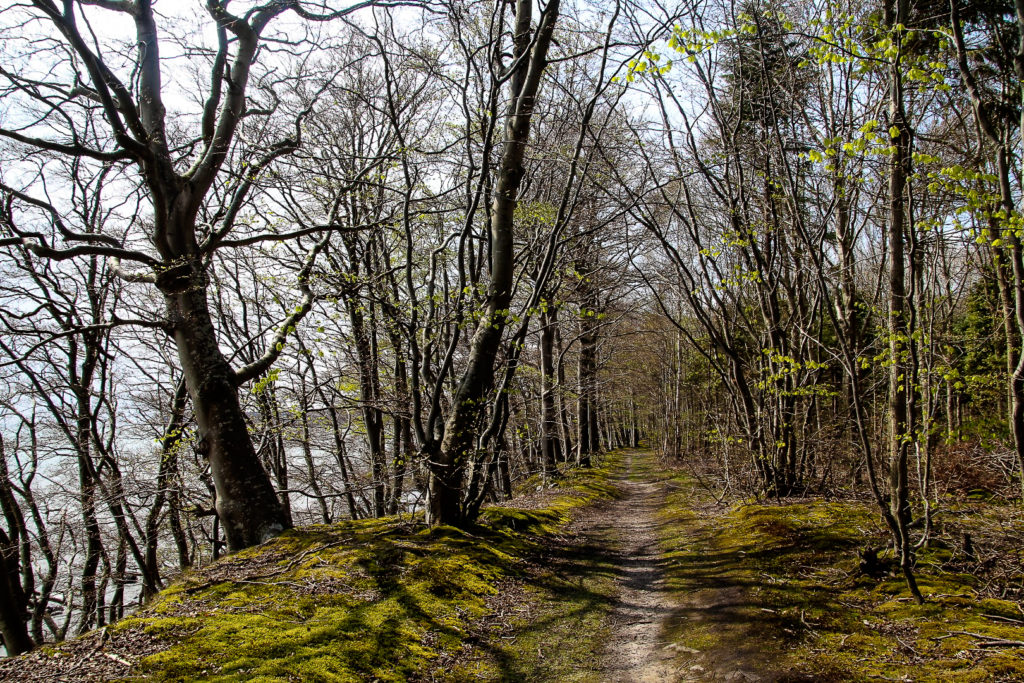
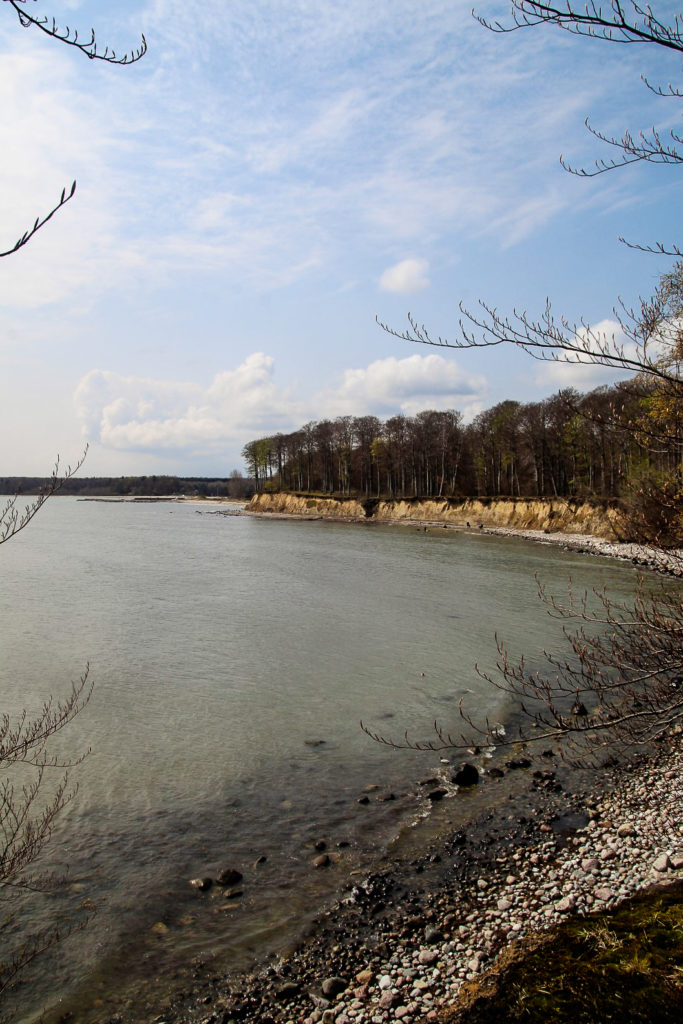
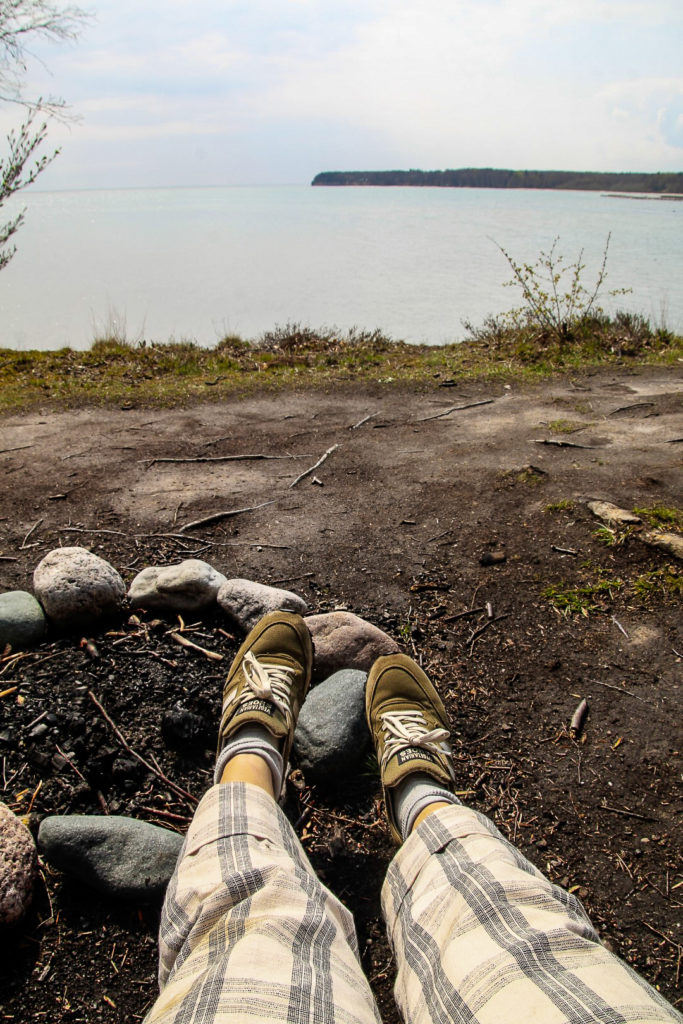
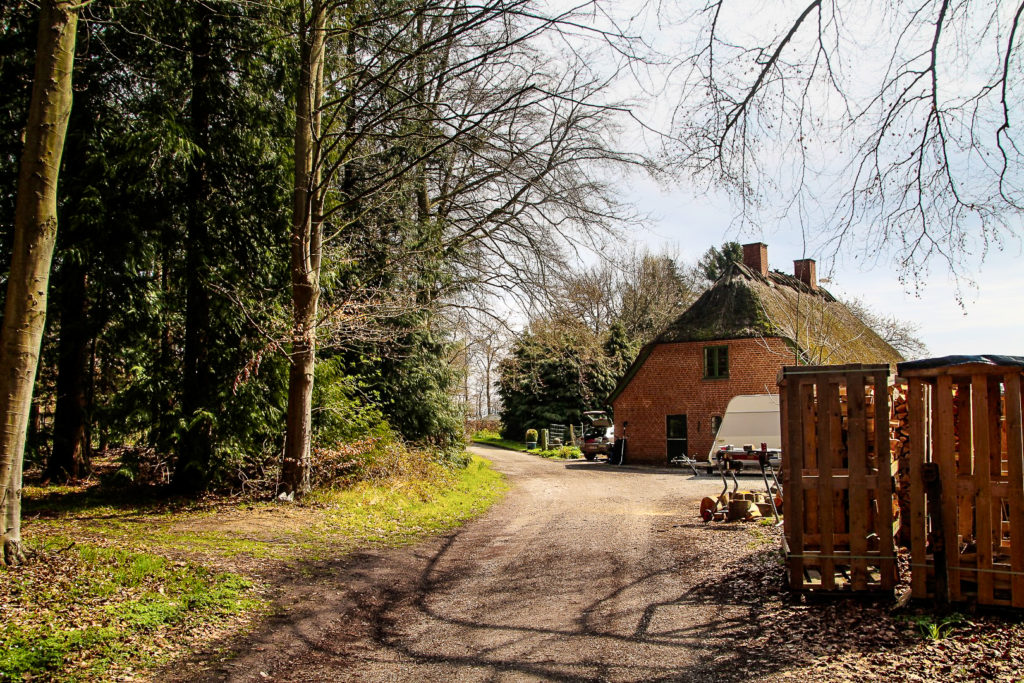

The fishing village of Hesnæs and its unique houses
At the edge of the forest sits one of the most adorable villages in Denmark, complete with a unique architectural style not found elsewhere in the country. Thatched half-timbered straw-clad houses line the narrow streets of Hesnæs, built after the village was destroyed in a flood in 1872.
The design for the new fishermen’s houses was developed by architect Vilhelm Tvede and completed by his son, Gotfred Tvede, after his death. The straw lining was added to protect the half-timbered stone walls from the wind and sea mist, and thus, a unique style had emerged. I saw a few more of this type of house in the countryside near Hesnæs, but I’ve never seen it anywhere else in the world. It’s truly unique to the area.
Leaving the village behind, I followed a trail along the ocean edge, cycling over a burial mound and into the dark forest beyond.
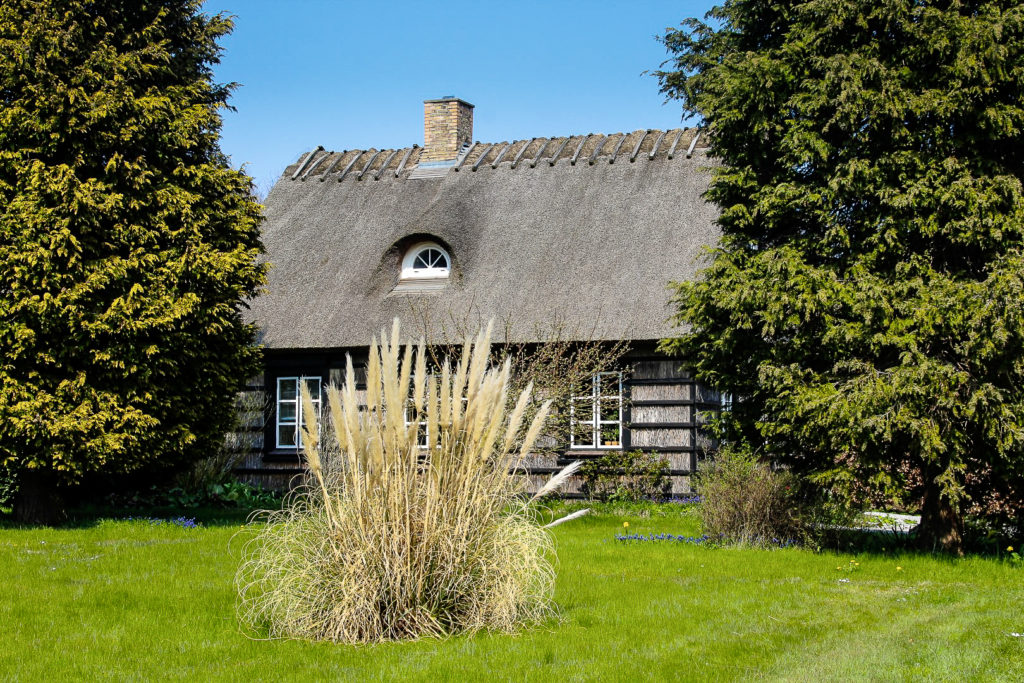
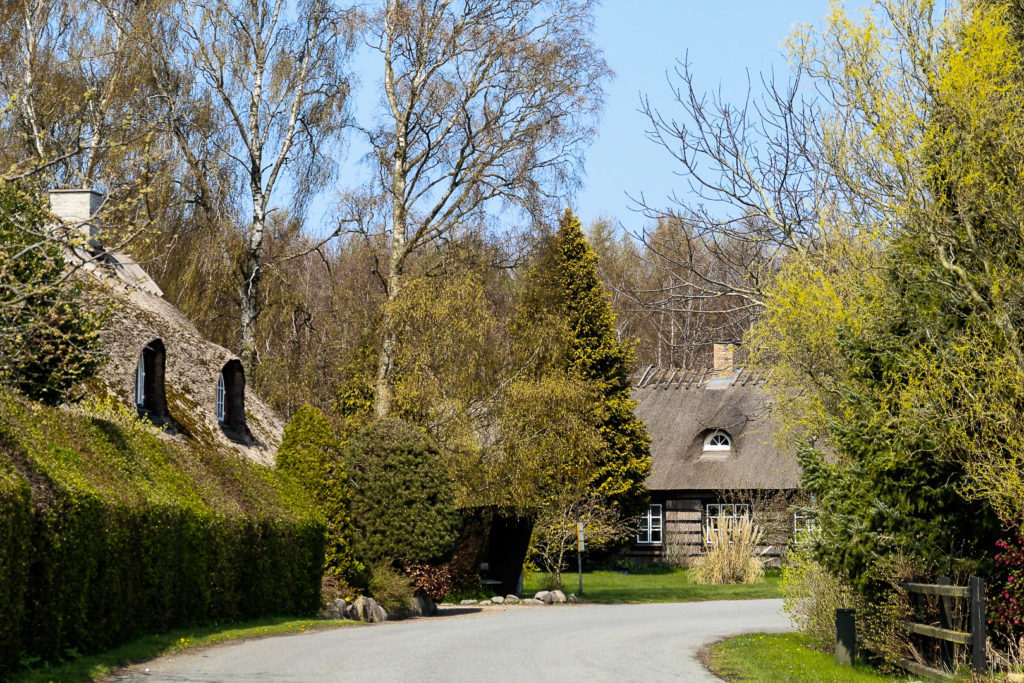
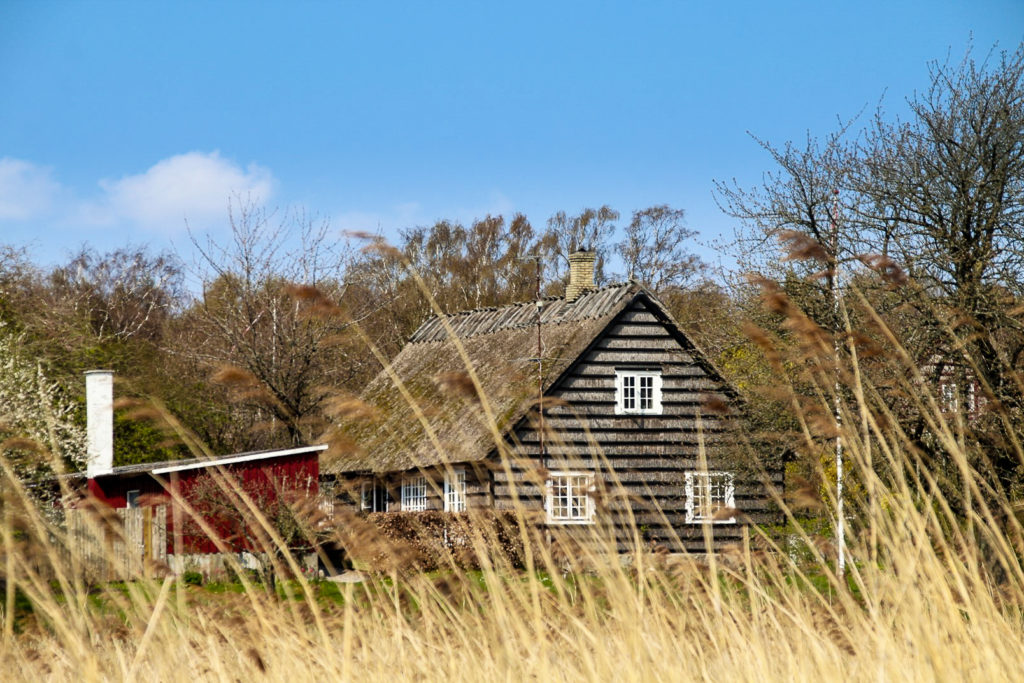
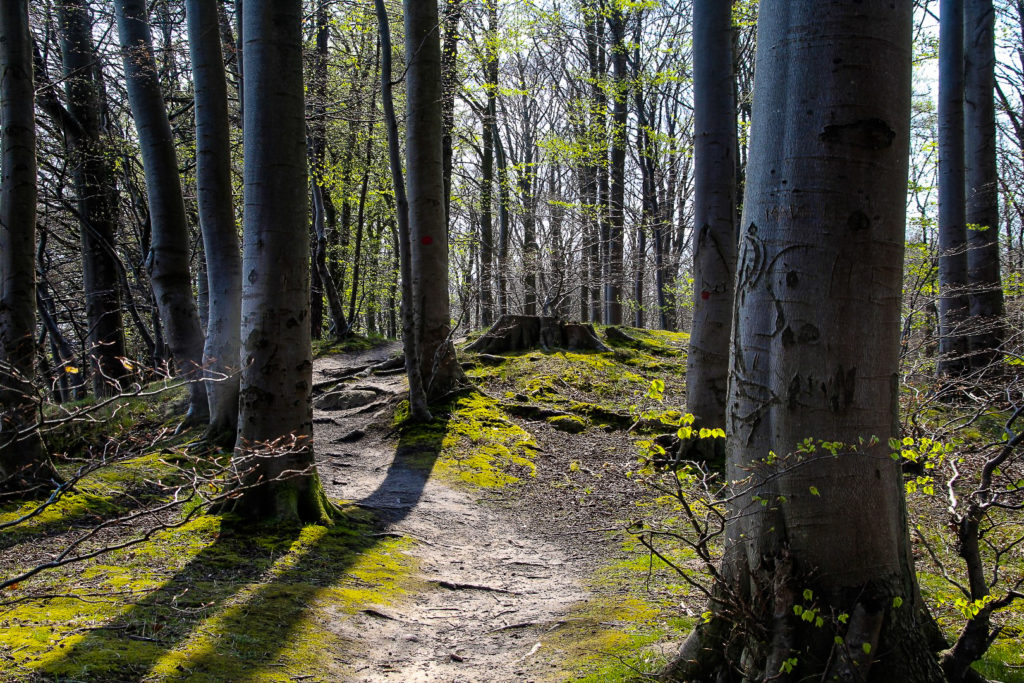
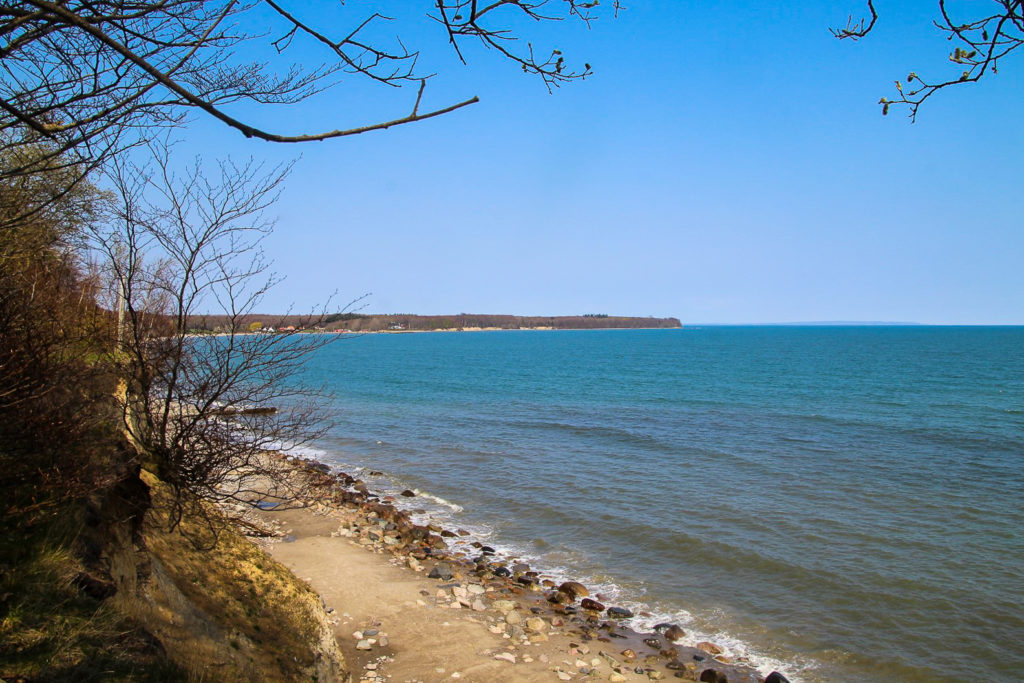
Halskov Vænge, a small forest full of ancient burial structures
My last stop for the day was at Halskov Vænge, a tiny forest with no less than 72 burial mounds from the Bronze Age and six dolmens from the Neolithic. It also holds Spejderstenen, the largest rock on Falster which features two cup marks from the Bronze Age or Neolithic.
The forest is one of many places in Denmark where prehistoric burial structures were placed close together; the only difference here is that the structures have been preserved to this day, sheltered by the forest for years on end. A map from 1838 shows that there were several burial mounds in the fields outside the forest, but most have since been demolished and only two of them remain today.
I regretted not hiking instead of biking through Corselitze Østerskov as I prefer exploring by foot, so I decided to do just that at Halskov Vænge. My butt thanked me as I got off my bike and left it for a good hour while exploring the forest and all its prehistoric secrets.
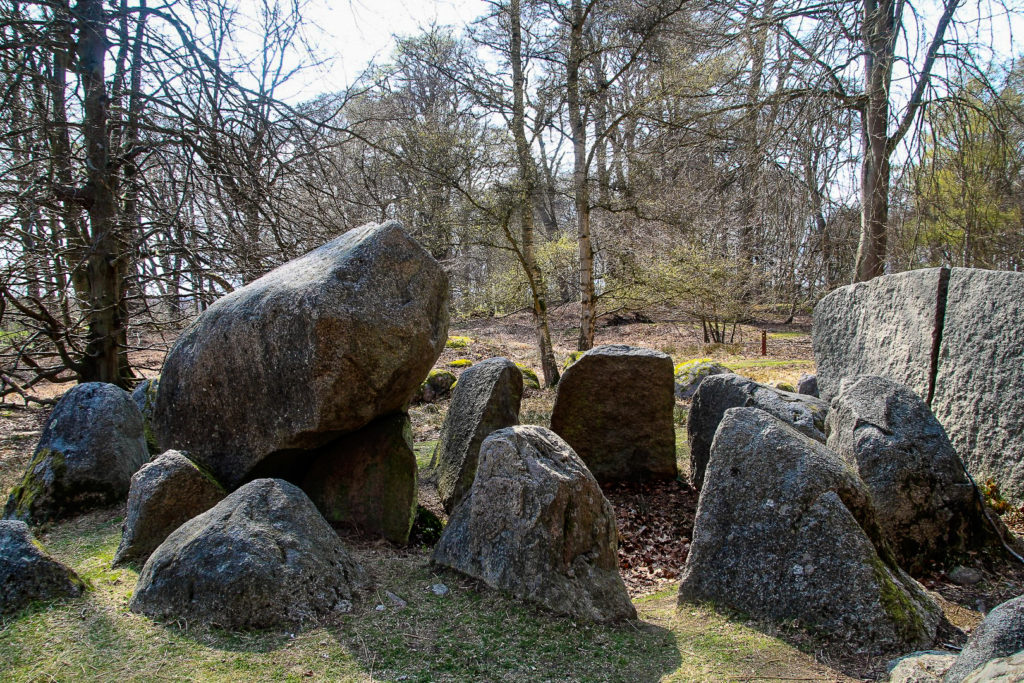
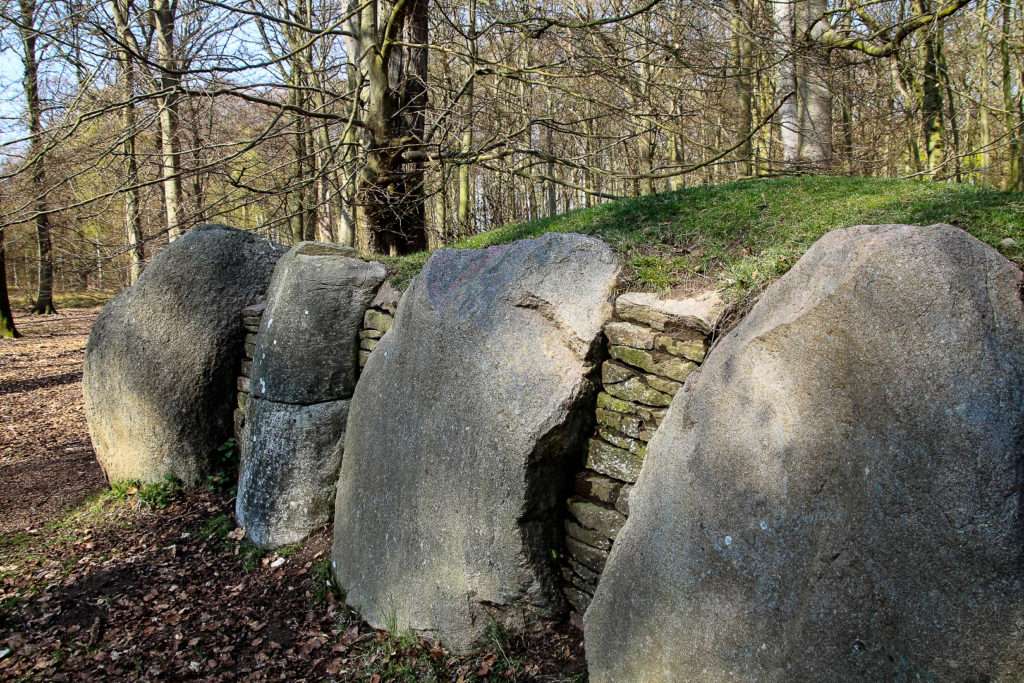
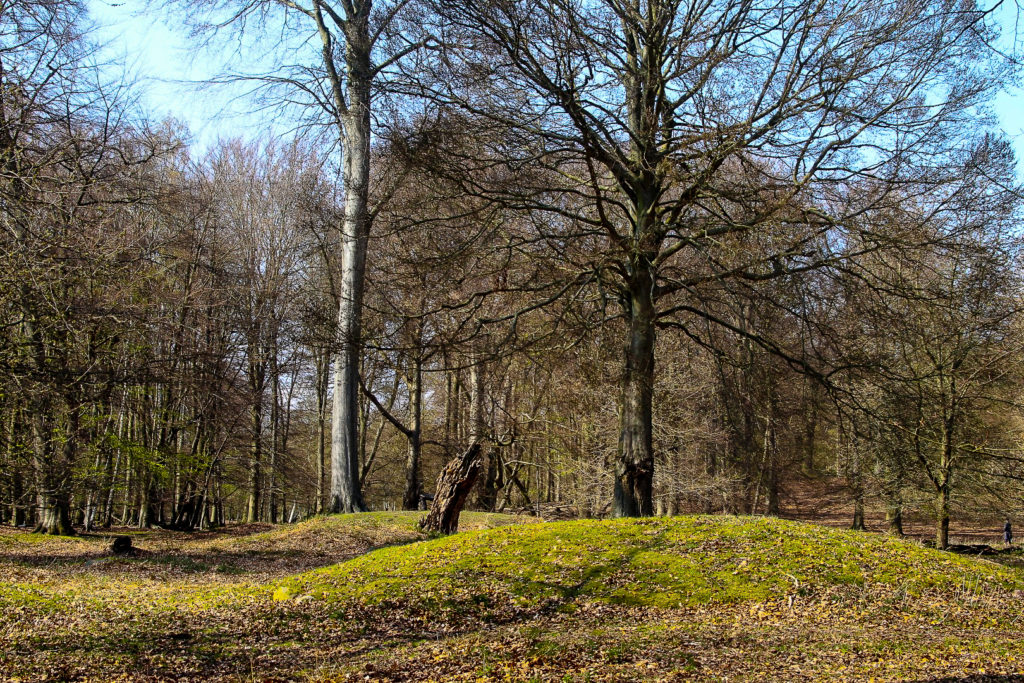
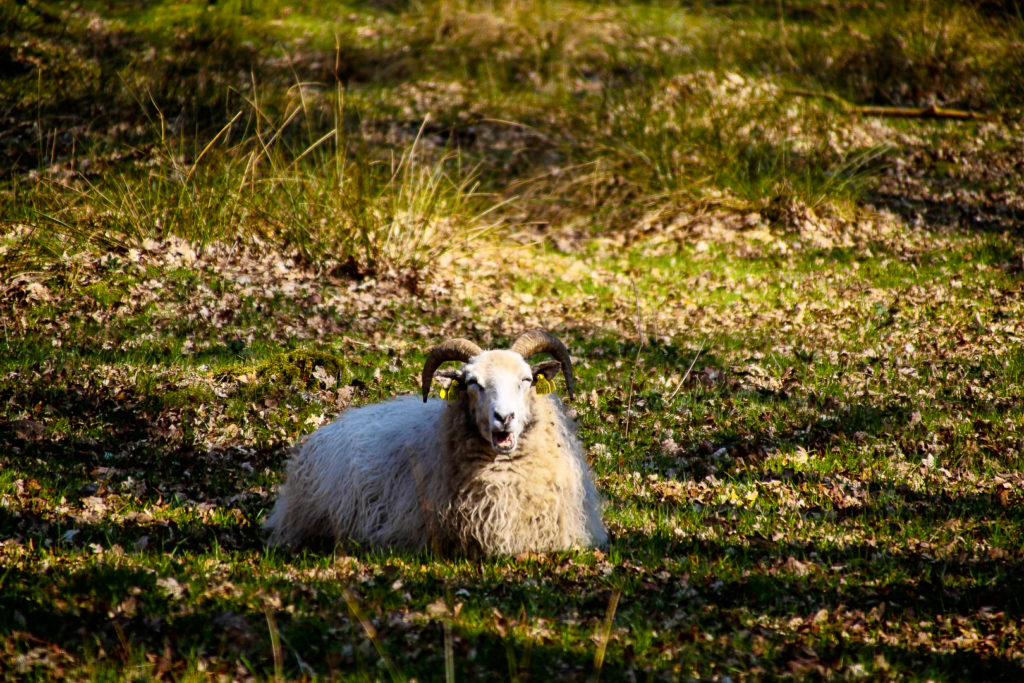
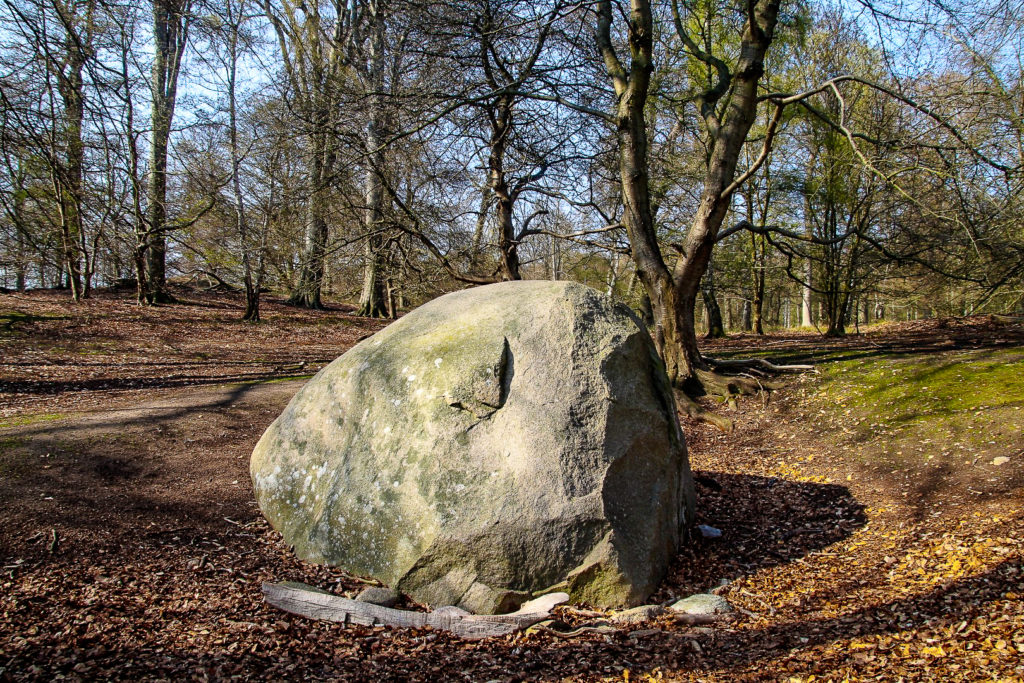
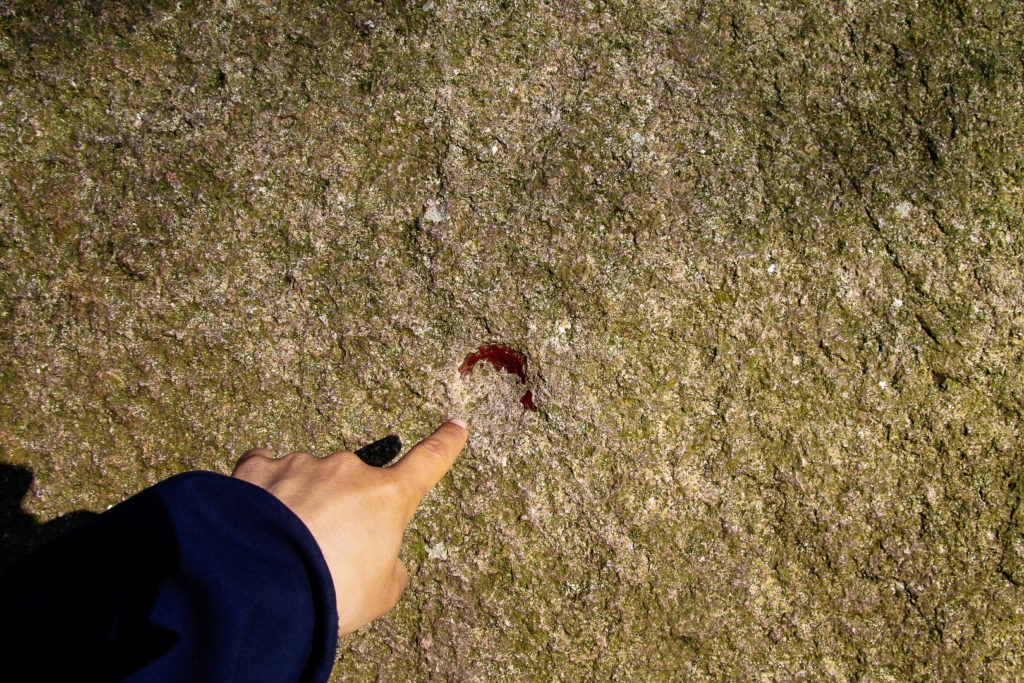
To the market town of Stubbekøbing
Back at the farm, we went for an evening walk and took the two goats along for a stroll. Some of the cats also followed along for a while, but it was difficult getting the animals to keep up! I woke up the next morning to another beautiful day with a cat beside me, and got ready for day two of adventures on northeast Falster.
Back on my bike, I rode along country roads over rolling hills, waving at sheep and their tiny lambs, on my way to Stubbekøbing, the largest town in the area and the third-largest on Falster. Stubbekøbing is an old market town with a gorgeous church built in Romanesque style in the 13th century. It’s home to just over 2,200 people that enjoy wonderful views over the Grønsund strait to the islands of Møn and Bogø.
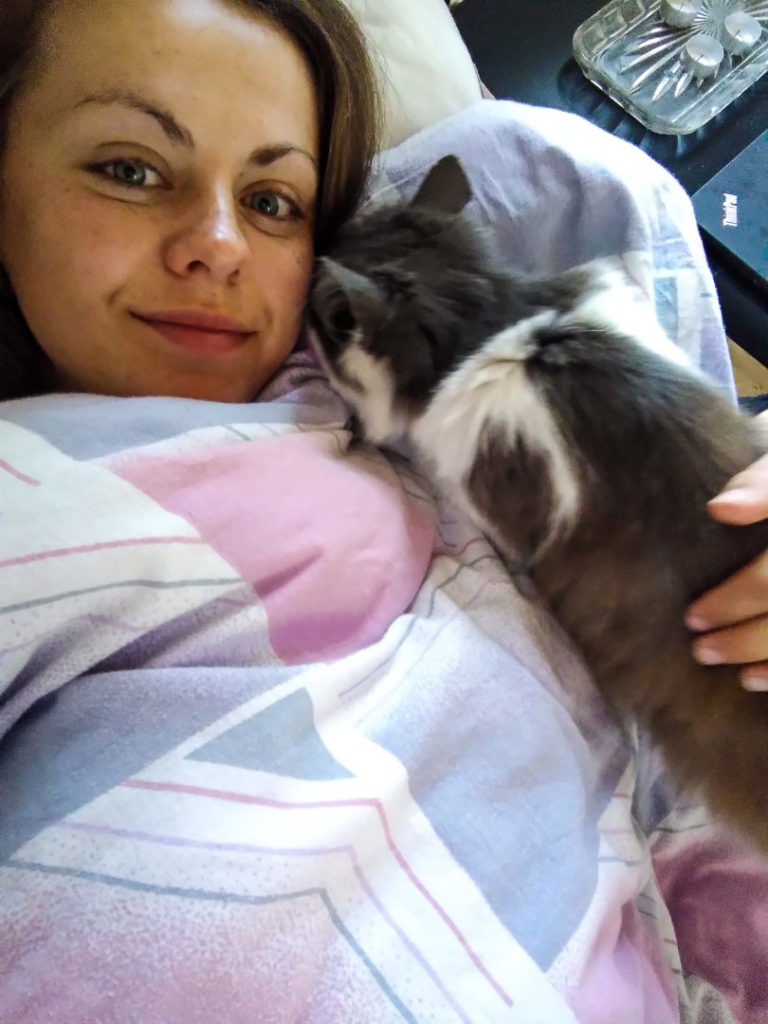
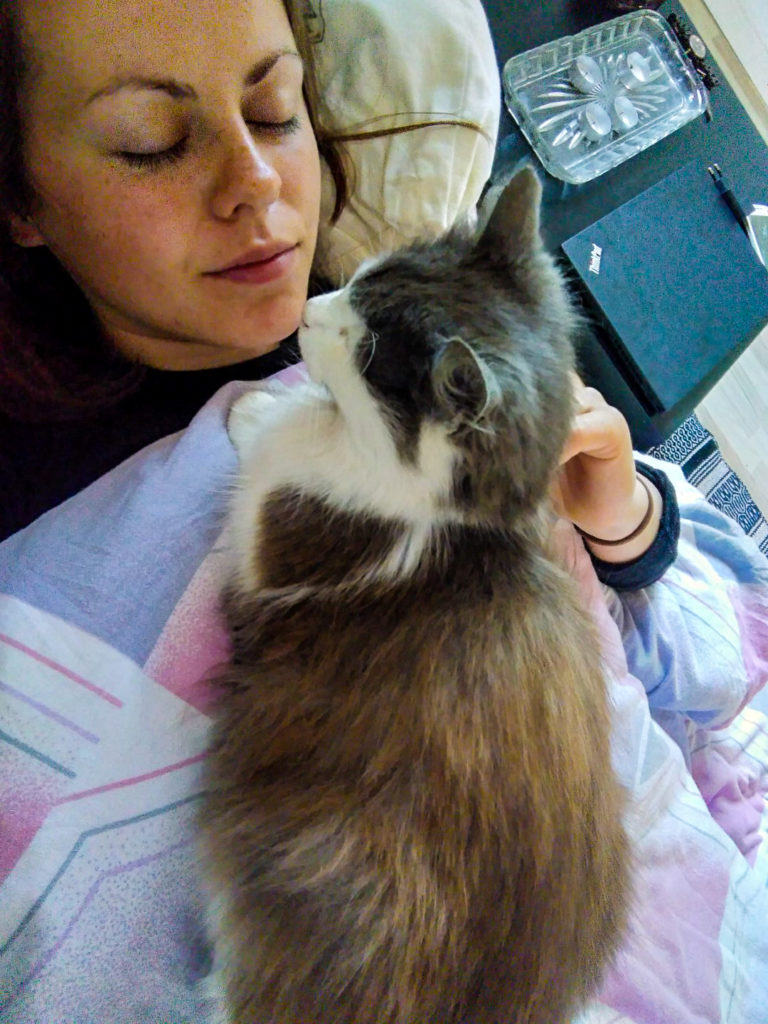
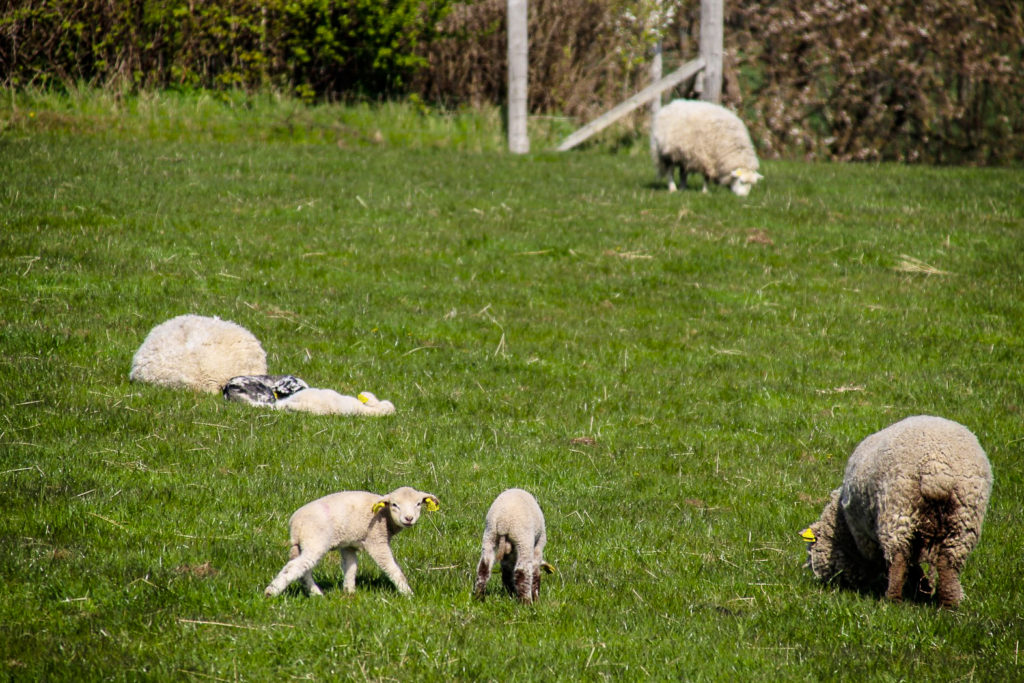
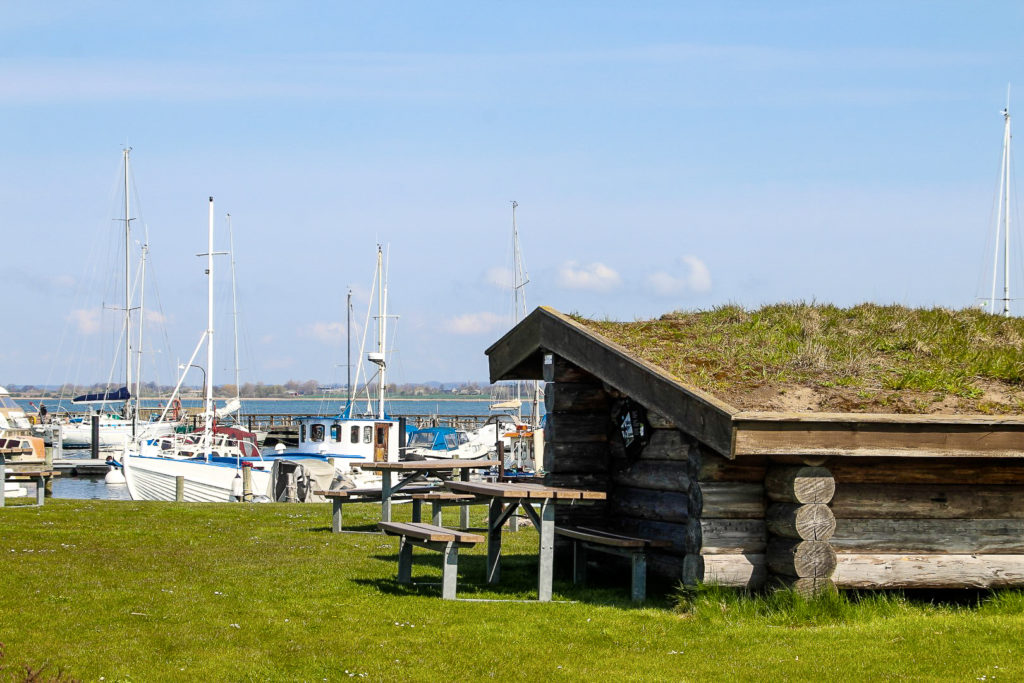
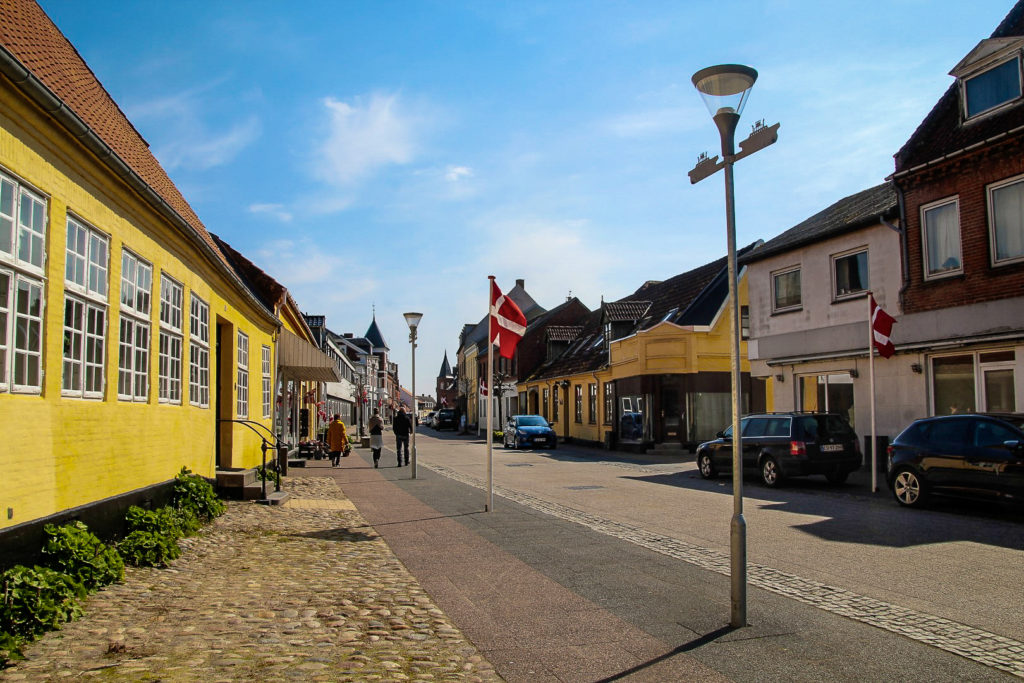
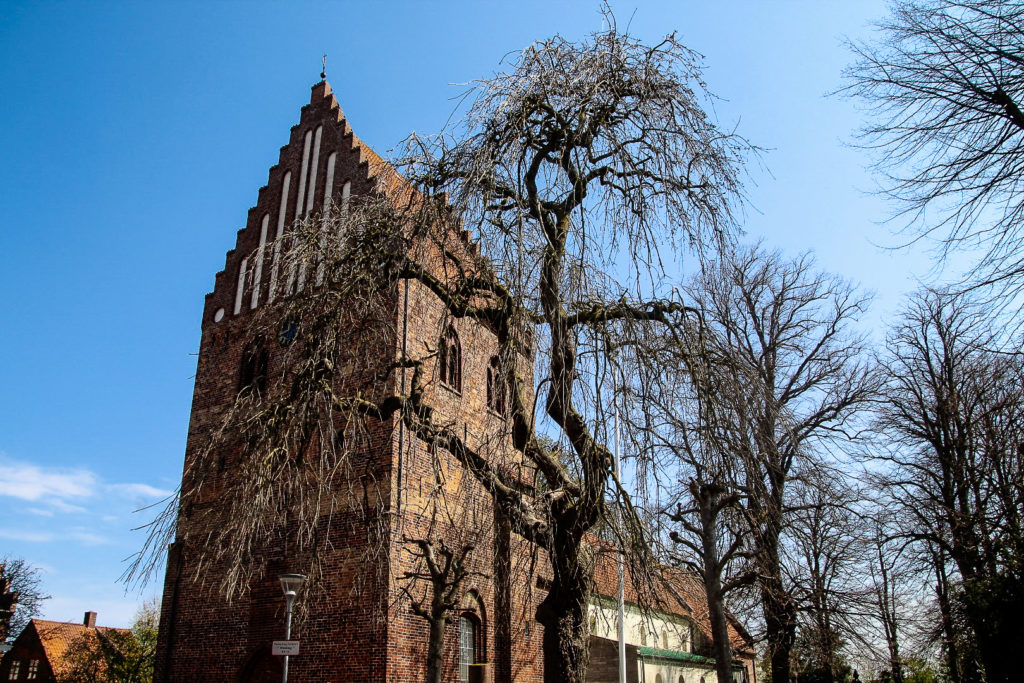

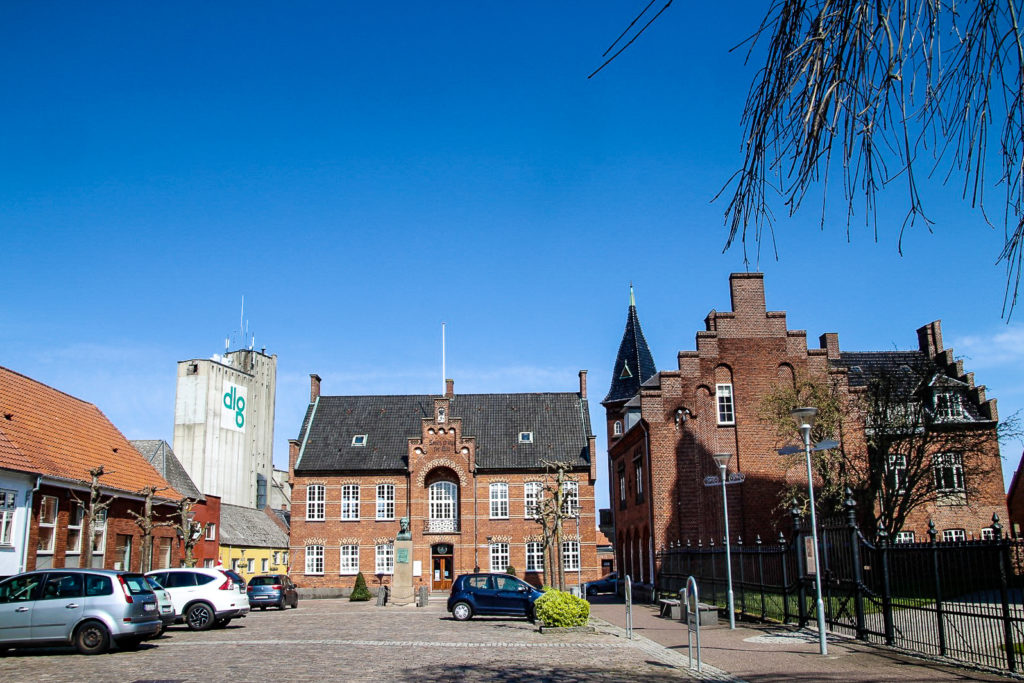
Under the bridge at Sortsø Strand
I did a bit of grocery shopping for lunch and then set off on a 10-kilometre ride along a path following the shore and along more country roads to Sortsø Strand, a beautiful area full of summer houses on the northern coast of Falster.
Bjørnar had recommended this place to me, as the nearby forest of Sortsø Fredskov holds several Bronze Age burial mounds as well as a Neolithic long barrow with an open grave. The forest is very overgrown, so it was difficult to locate the archaeological sites, but I managed to find the main one, the long barrow, after a bit of searching.
But Sortsø Strand also offers something completely different than prehistoric sites; the opportunity to walk underneath a highway bridge, more precisely the Farø Bridges that connect Falster with Zealand via the small island of Farø. The walk out to the bridge went along a rocky beach, giving me a perfect opportunity to search for flint tools and fossils, but luck just wasn’t with me. However, walking under the bridge, listening to the traffic above, was an experience for the books.
On the way back, I found a trail that went through the forest instead of along the beach. It was a nice change of scenery and terrain for my tired feet.
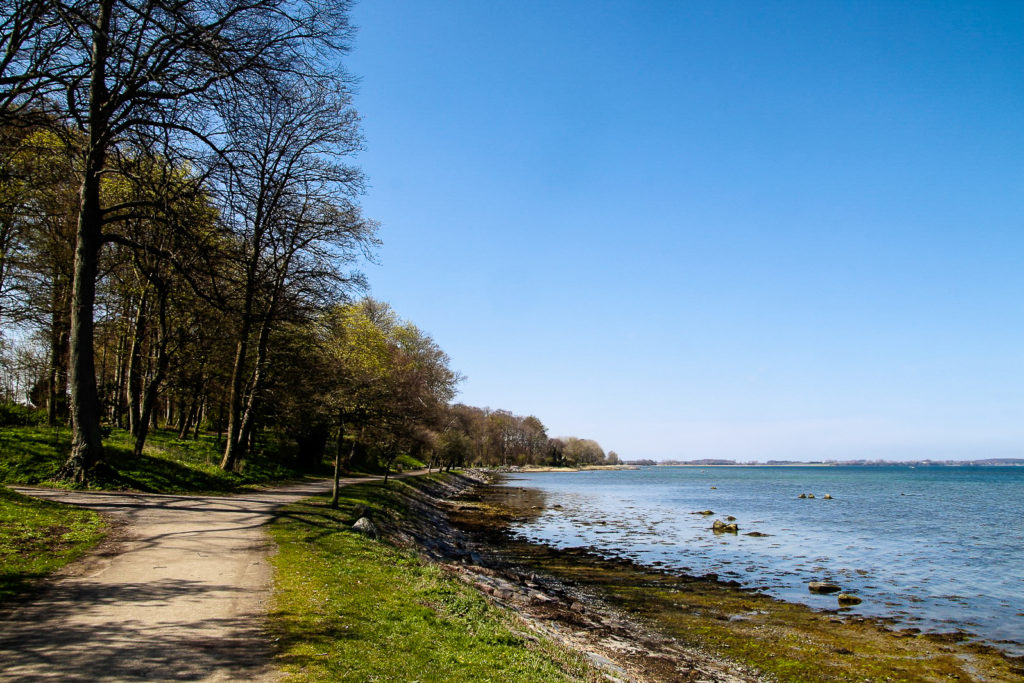
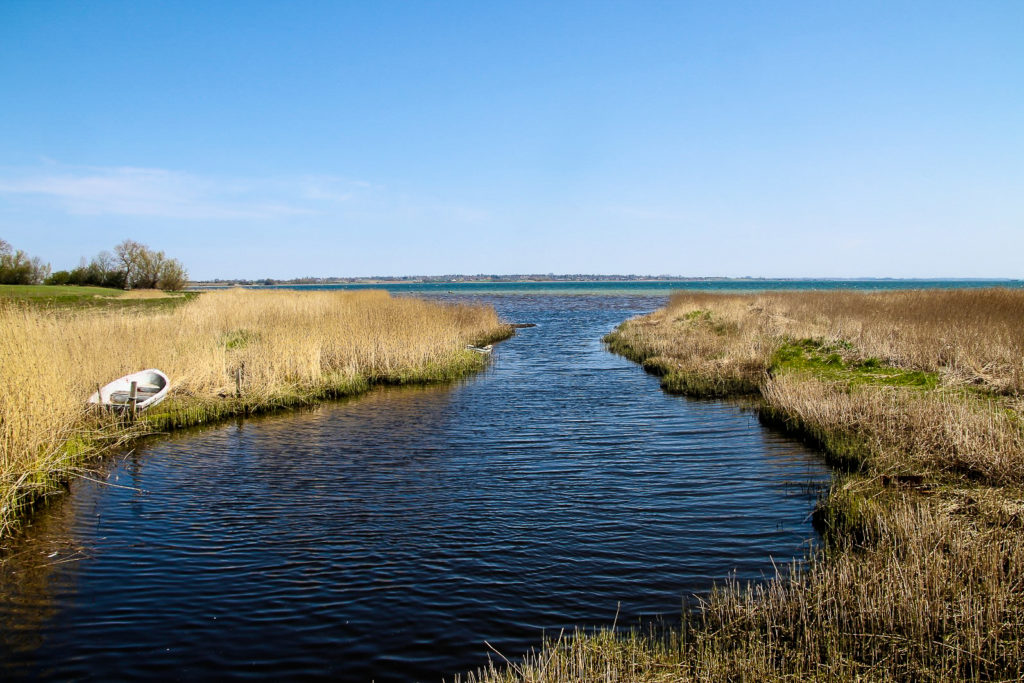
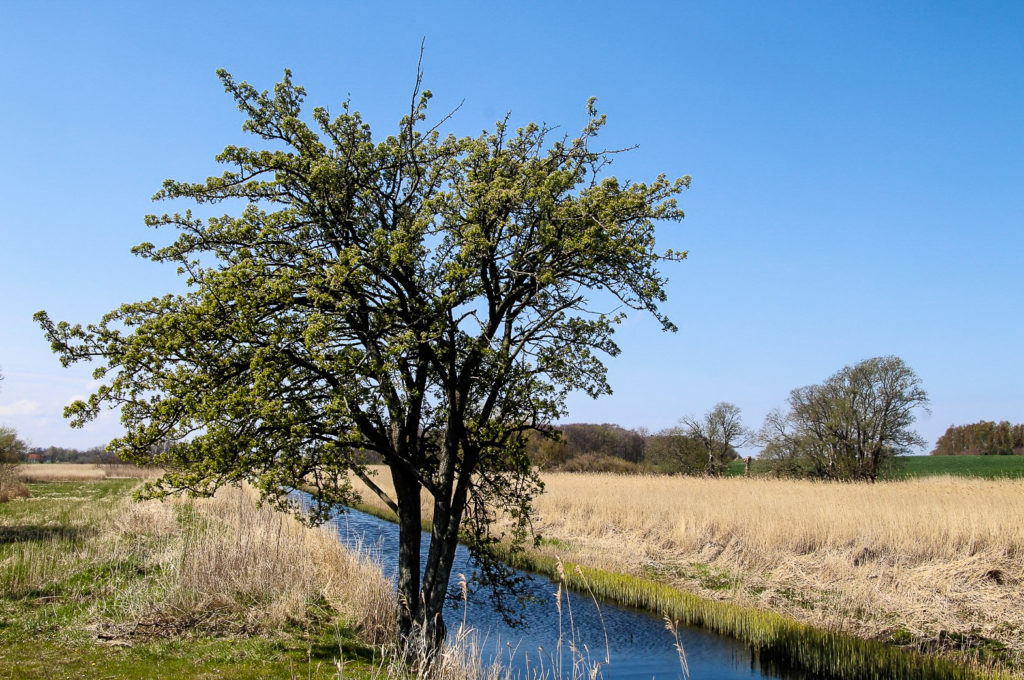
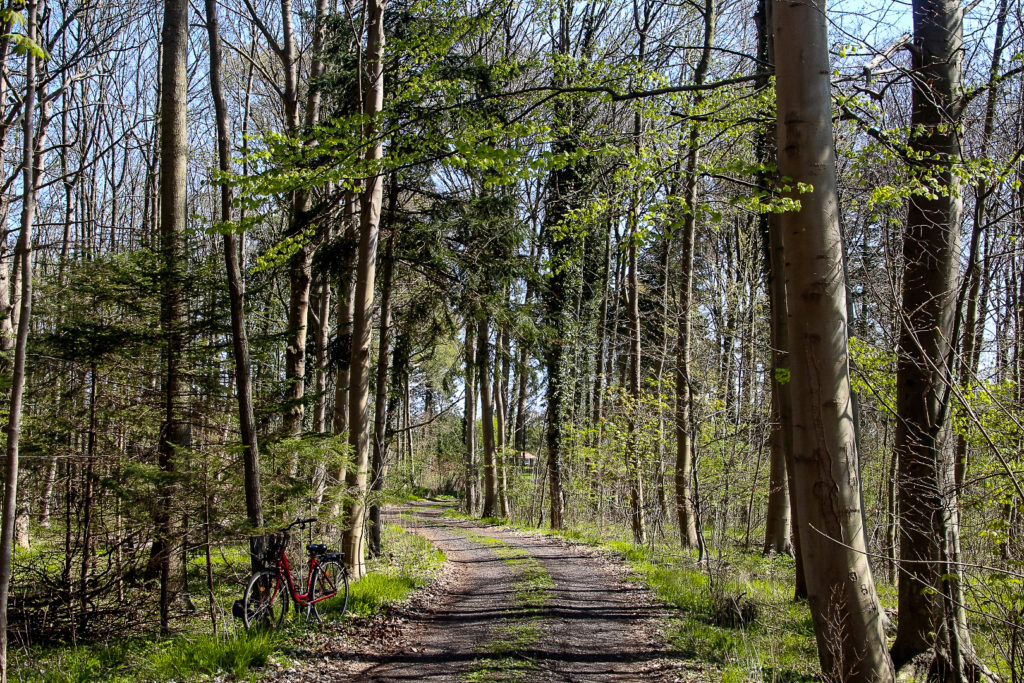
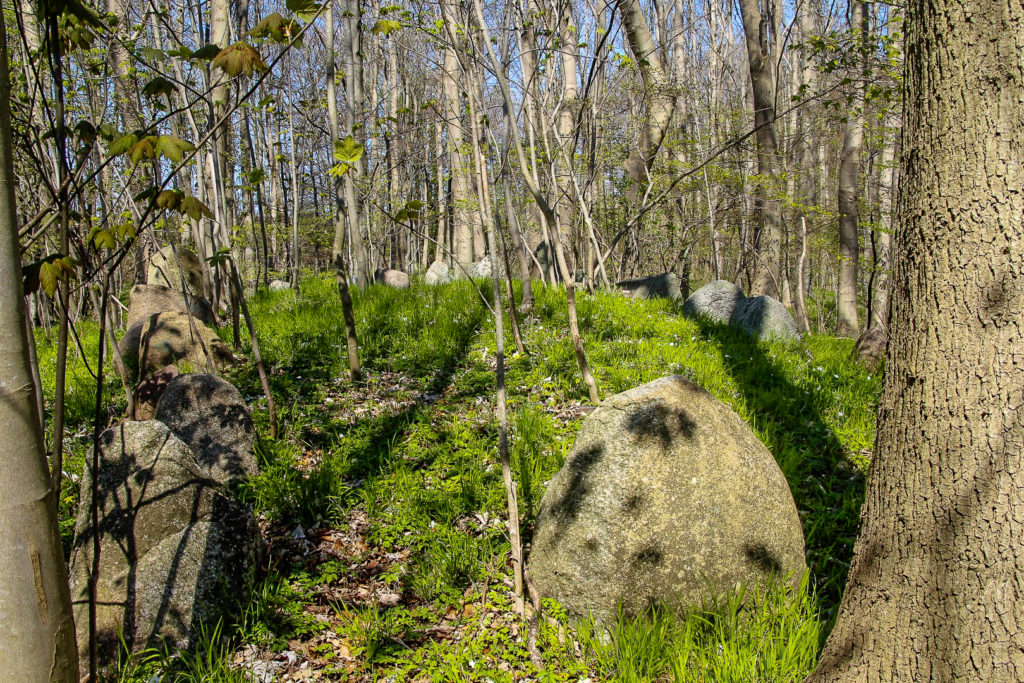
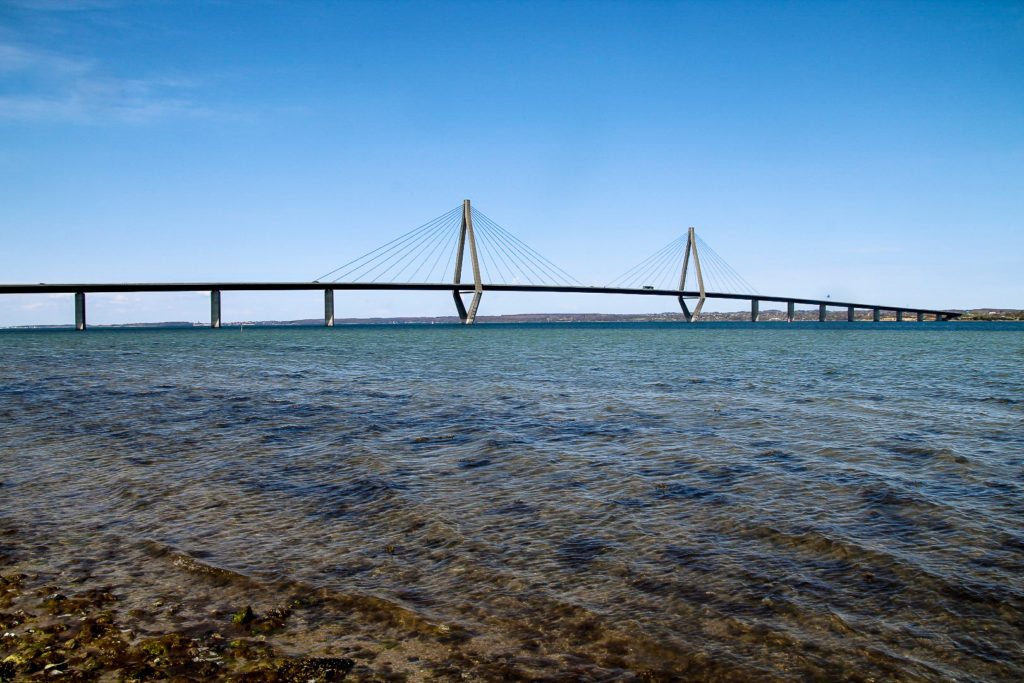
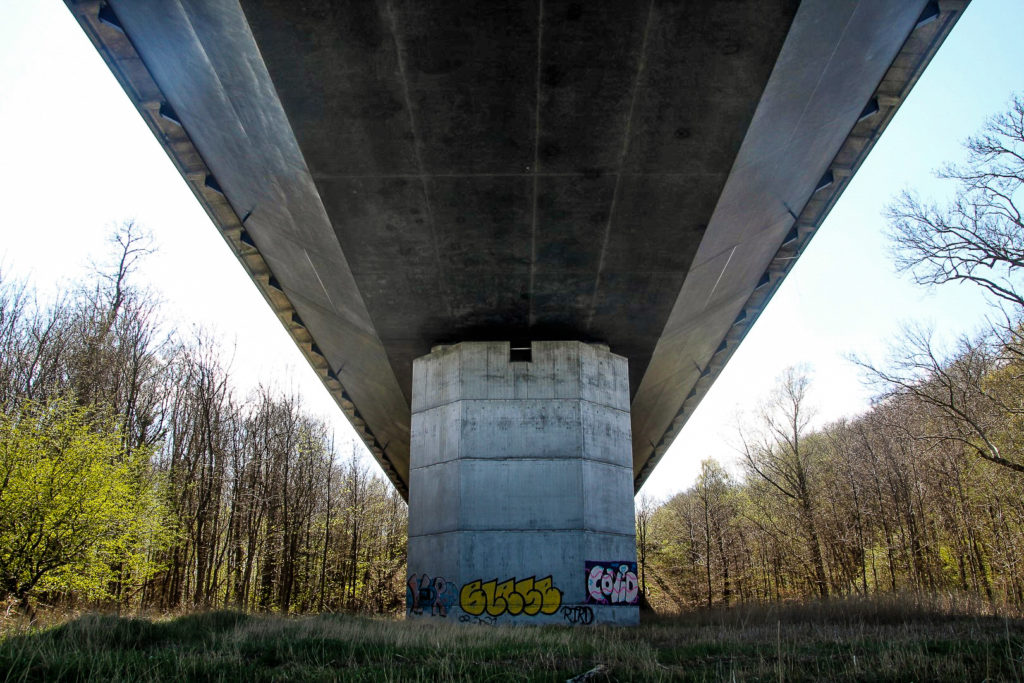
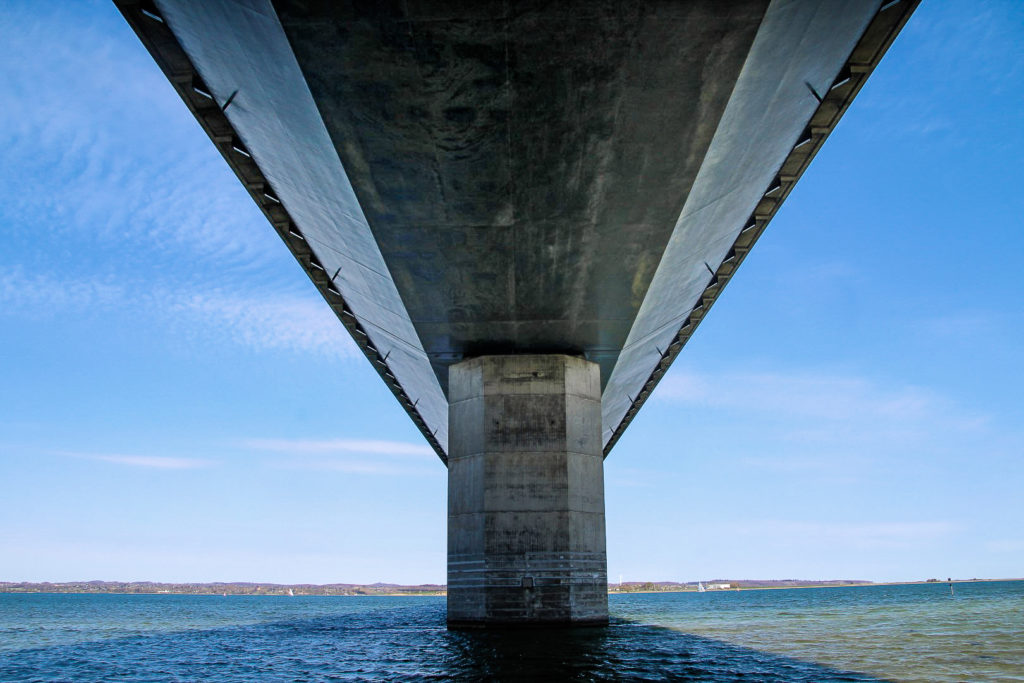

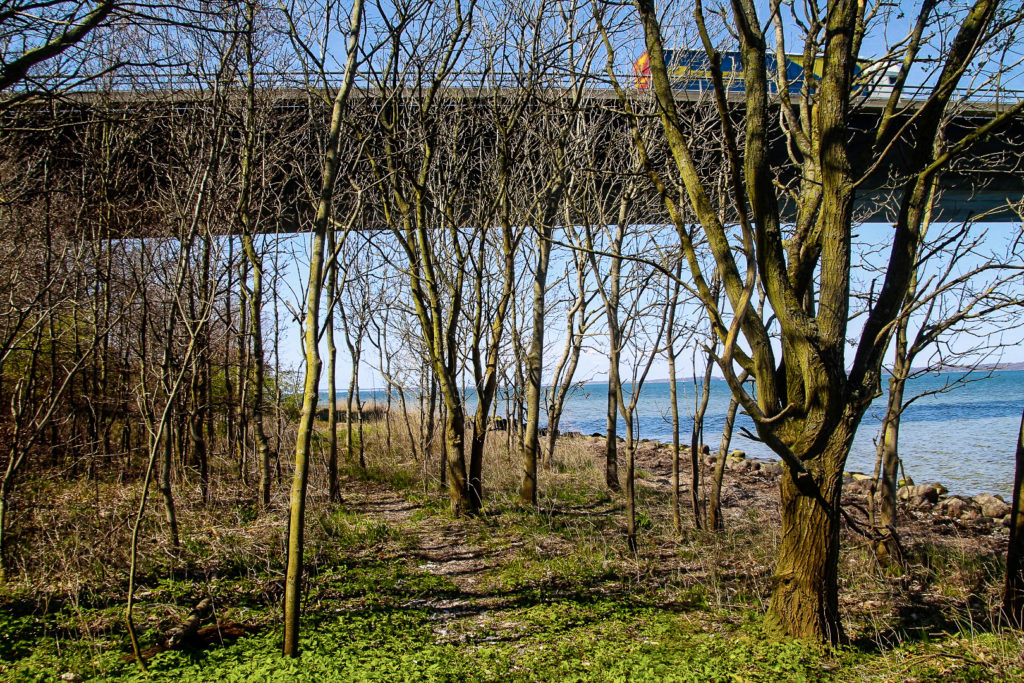
Lunch break at Barup Sø
I returned to my bike and started my ride “home” to Åstrup, but it wasn’t long until I stopped again. I came past a small bog, Barup Sø, which is a nature reserve with a path and a bird observation tower. I decided it would be the perfect spot for a lunch break.
And so I sat there, all by myself, with nothing but the sound of birdsong and leaves rustling in the wind. Pure serenity.

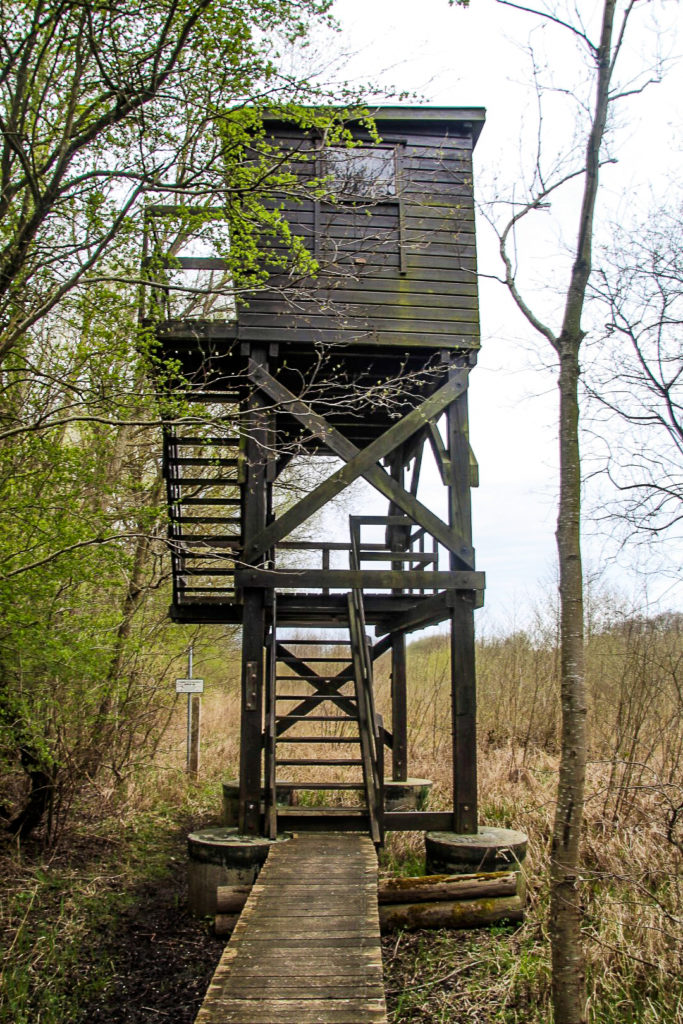

Churches of northeast Falster
A little further along the road, I came to the tiny village of Lillebrænde with a gorgeous little Romanesque church from the 13th century. I’d read about the abundance of murals on the interior of the church, but unfortunately, I didn’t have a chance to inspect them myself as the church was closed.
Instead, I biked to Åstrup to have a look at “my” local church, which is also decorated with colourful murals on its interior walls! The pink church was built in the early 13th century, and the murals date from the 13th to 15th centuries. They had been painted over with whitewash but were rediscovered in 1901 – much like in many other churches in Denmark.
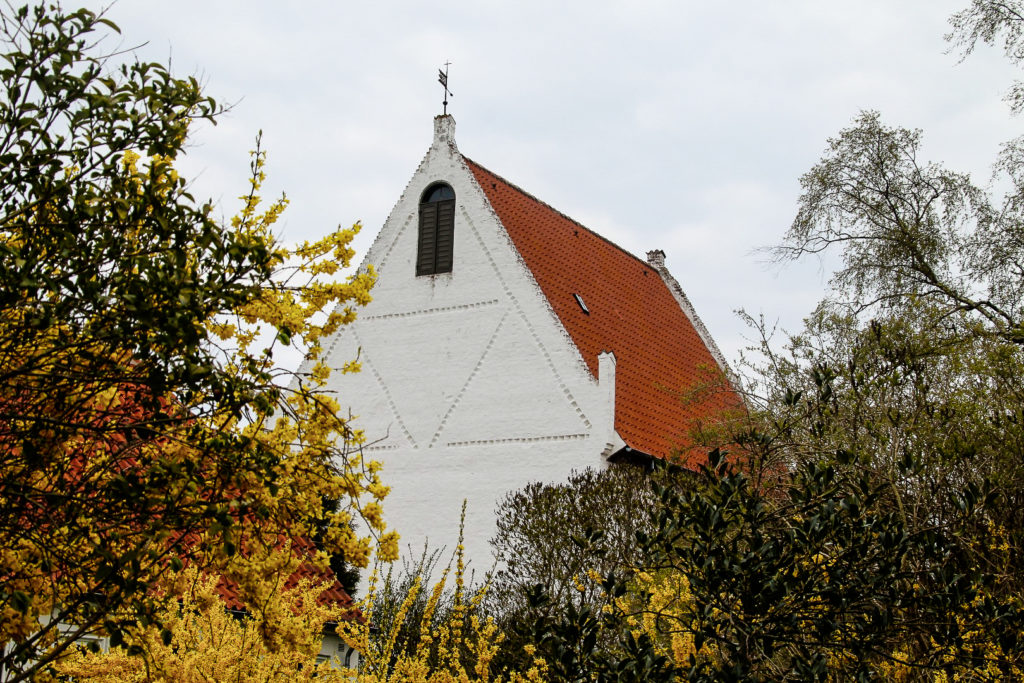
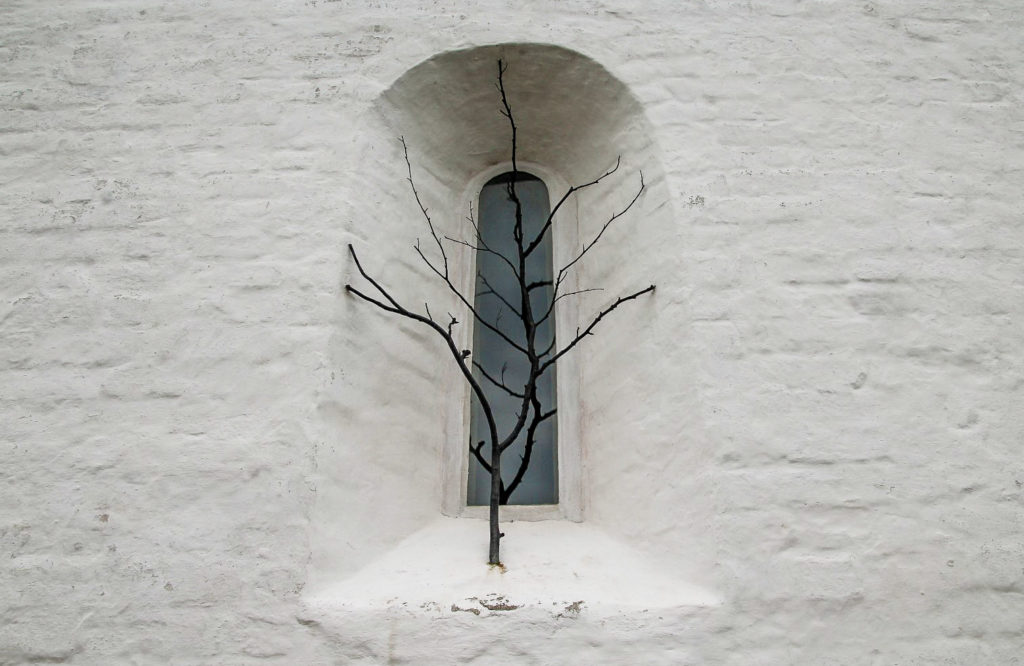
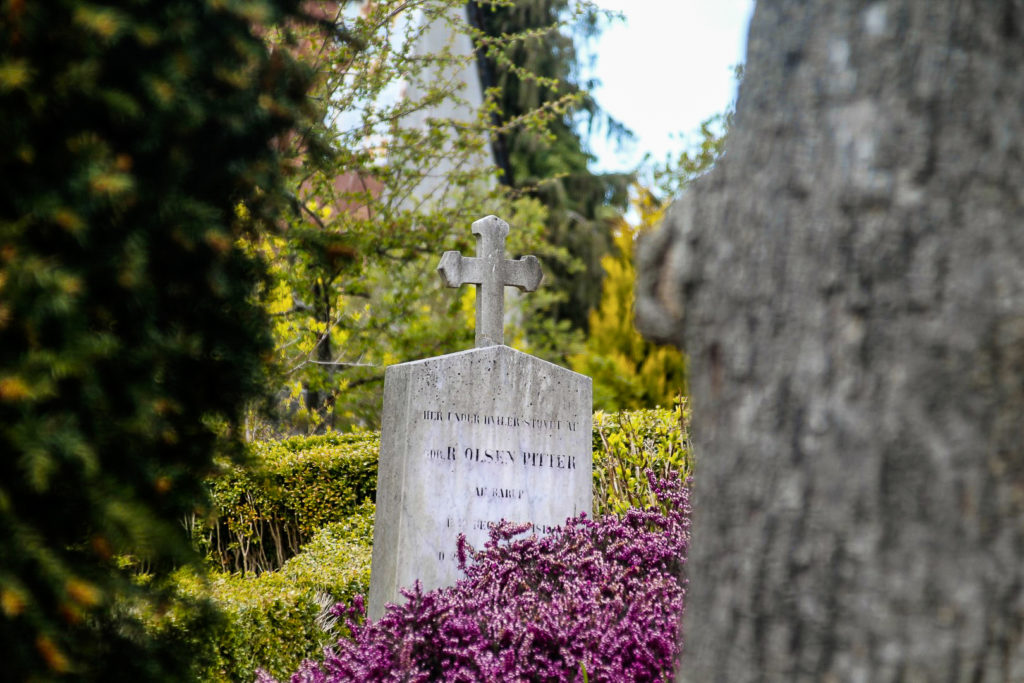
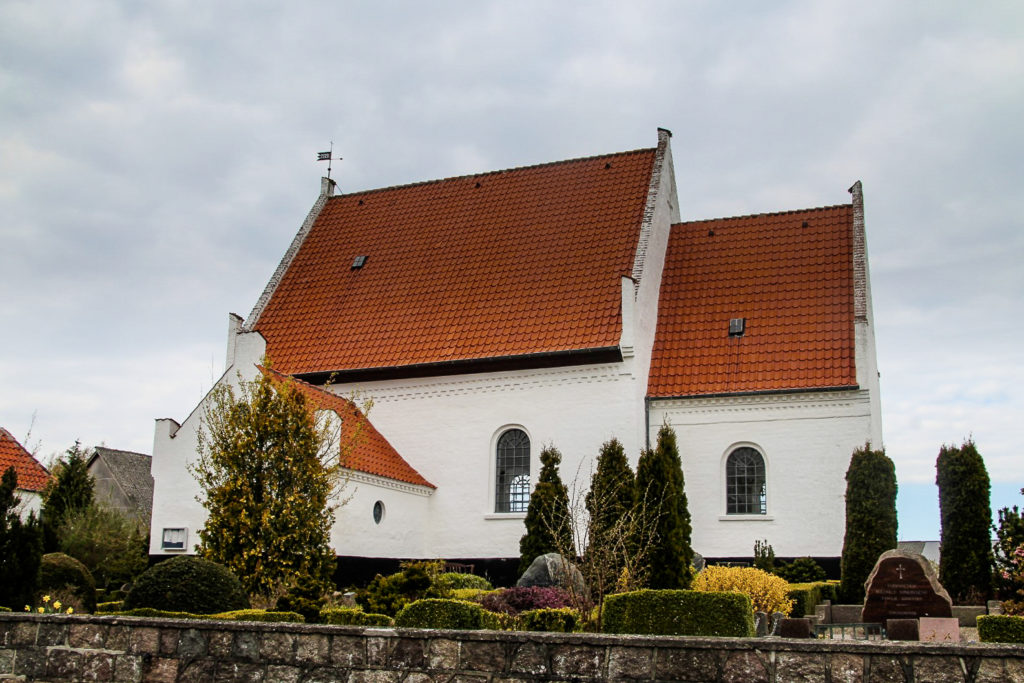
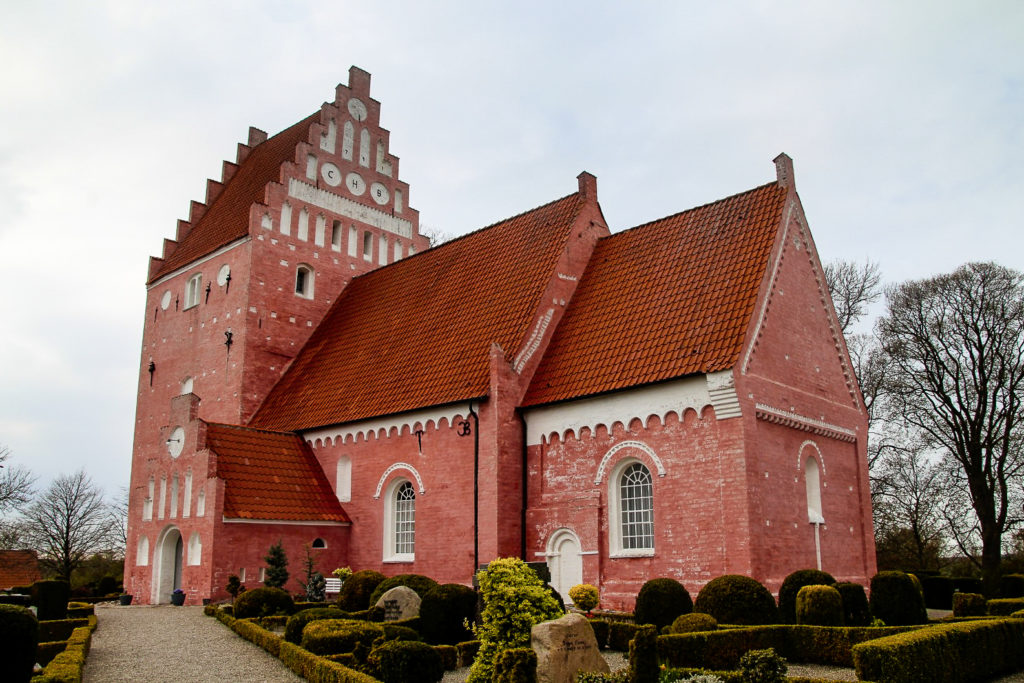
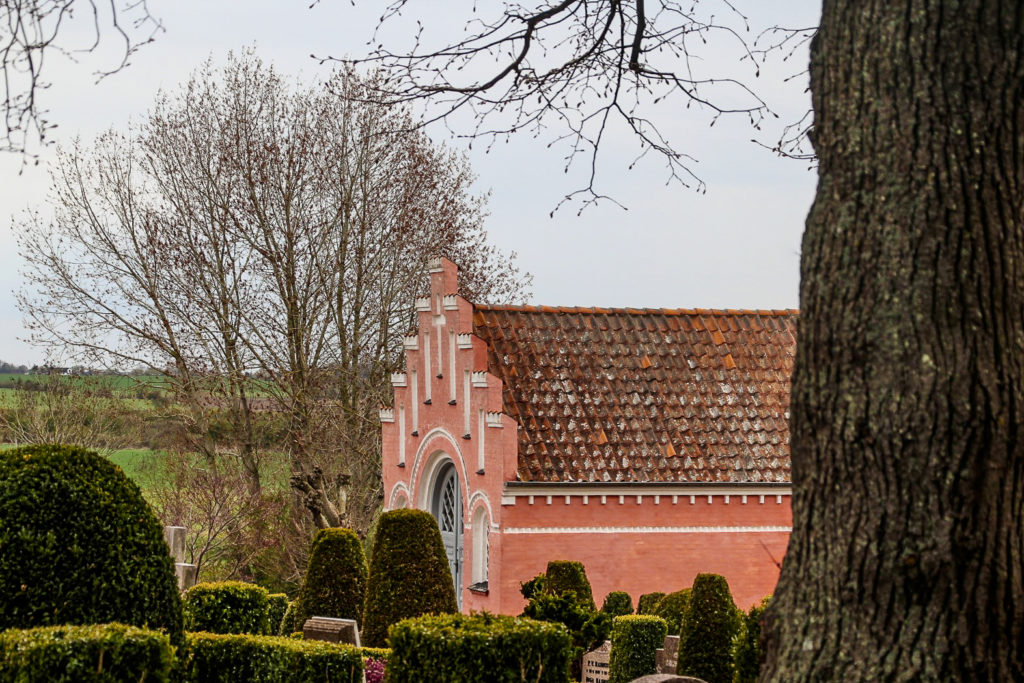
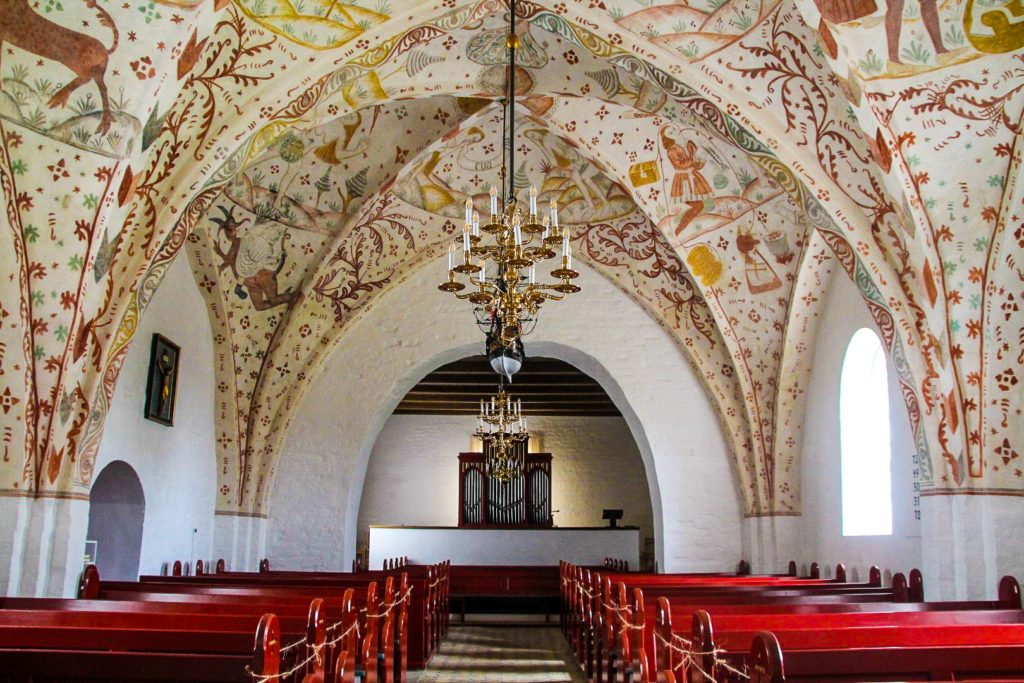
Valdemarsegen, Denmark’s largest tree
Back at the farm, I spent a cozy evening with Michala and Bjørnar and their many pets before falling asleep with yet another kittie by my side. Heaven. The next morning, it was unfortunately time for me to leave farm life behind. But not before taking the goats for another little walk – or, trying to. Because they just wouldn’t cooperate with me!
But even though I was leaving the farm and heading back to Lolland, there were a few places I wanted to see before leaving northeast Falster. Michala and Bjørnar joined me for the first stop to see Valdemarsegen, the largest tree in Denmark at around 100 cubic metres! It’s 25 metres tall and 550 years old!
Unfortunately, the tree became ill and started rotting from within back in the 20th century, but it was cleaned and patched with cement, and it has since started healing itself. Hopefully, it will keep getting stronger so generations to come can enjoy the magnificent sight.
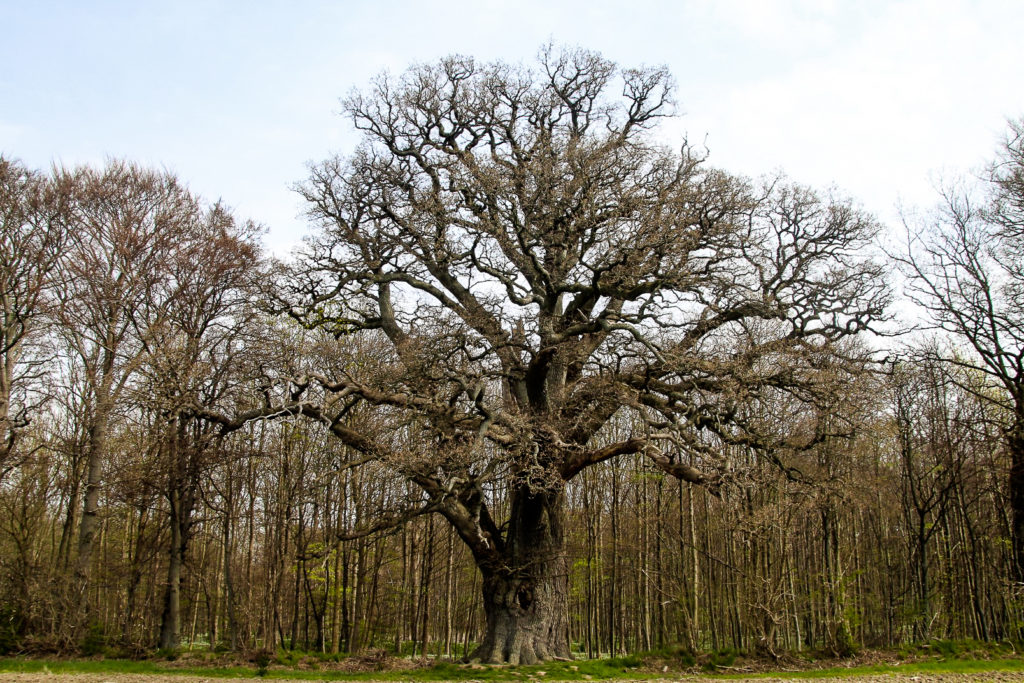
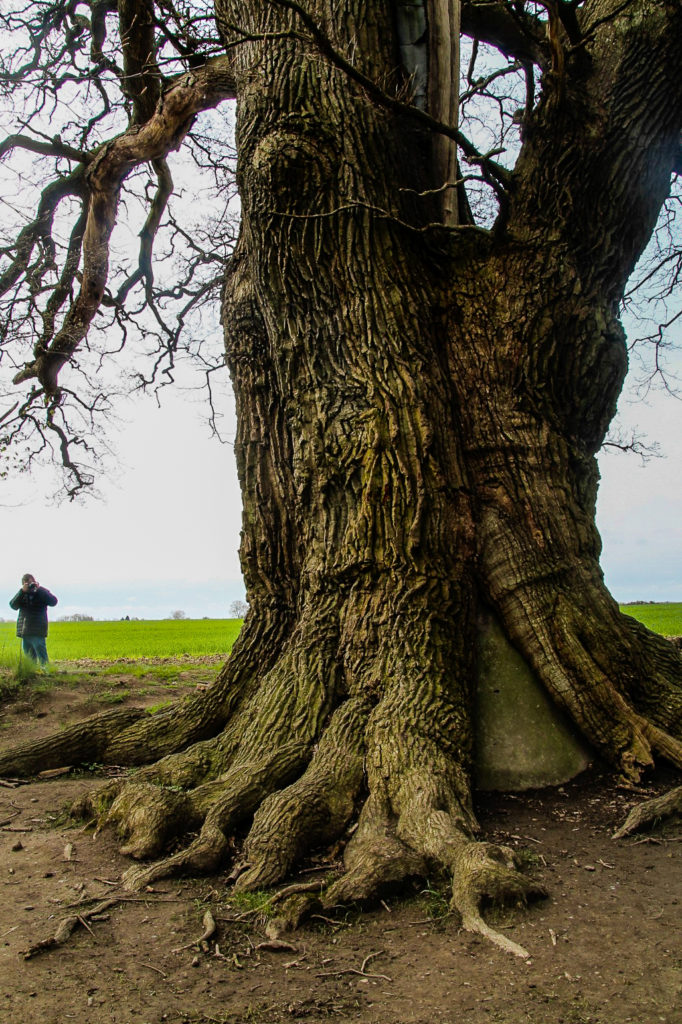
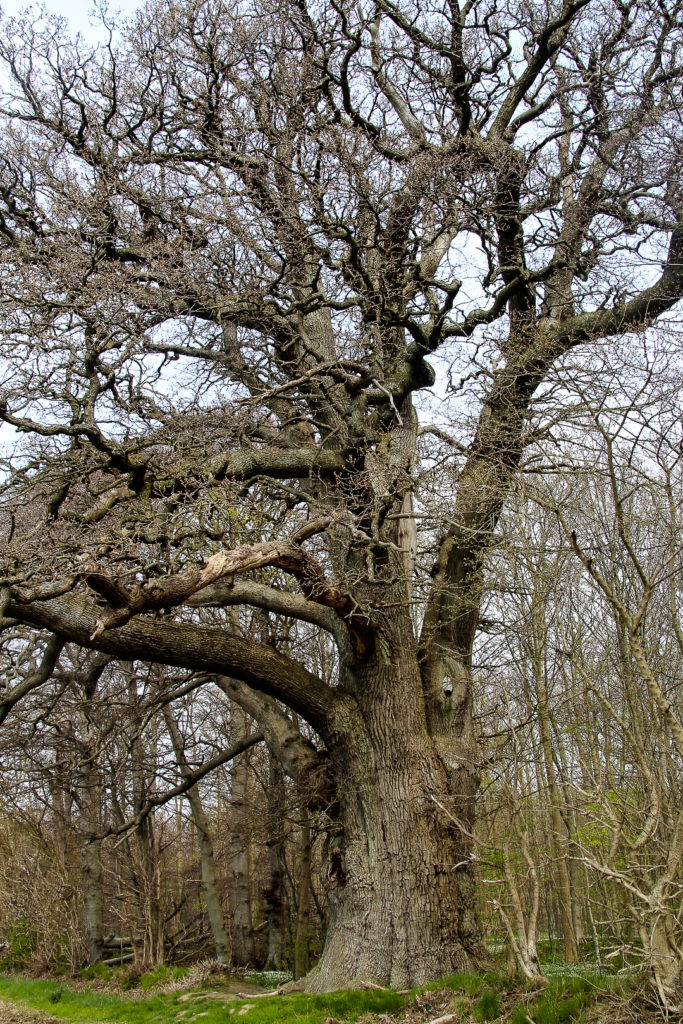
Denmark’s longest passage grave
Michala and Bjørnar dropped me and my bike off and I continued along the country roads to Listrup and the longest known passage grave in Denmark, built around 3,500 BC during the Early Neolithic. The burial chamber is 13 metres long, but it was originally longer by at least one metre as the rocks at one end have been removed.
The passage grave gives a rare insight into the construction of the wall as it’s open at three ends, allowing light to flow in, unlike most passage graves in the country that are only open in one side. For once, a flashlight wasn’t necessary to look around the burial chamber.
Over 30 skeletons were discovered in the burial chamber back in 1845, together with amber beads, pottery sherds and flint axes. Additionally, four Late Neolithic daggers and two flint arrows were discovered, revealing that the passage grave was reused in later times. Two more skeletons were unearthed in 1940 along with more Early Neolithic artifacts.
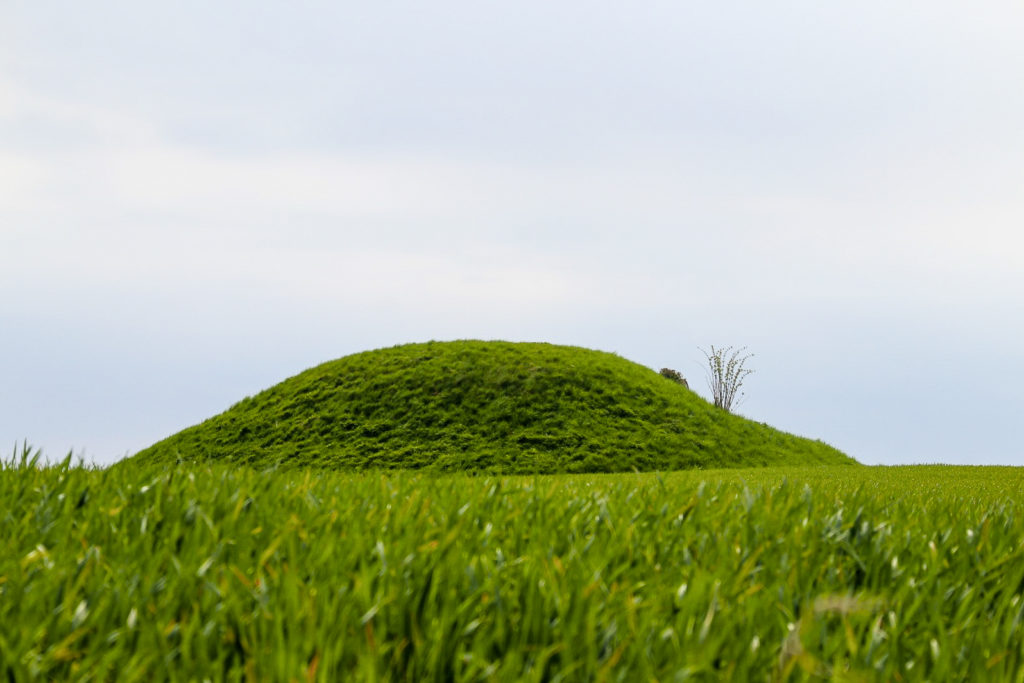
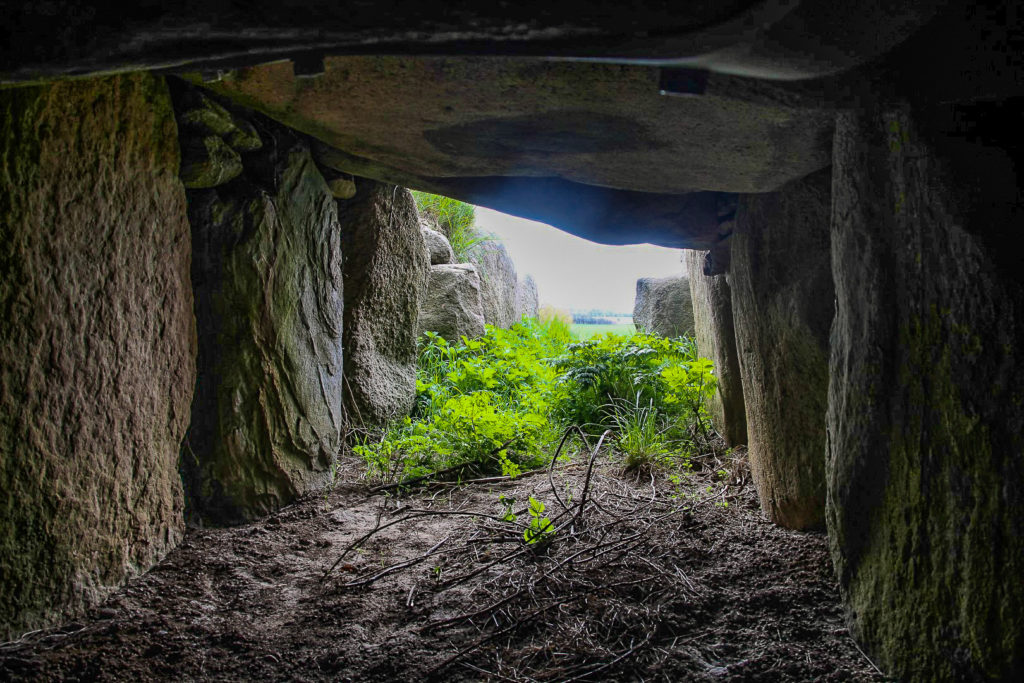
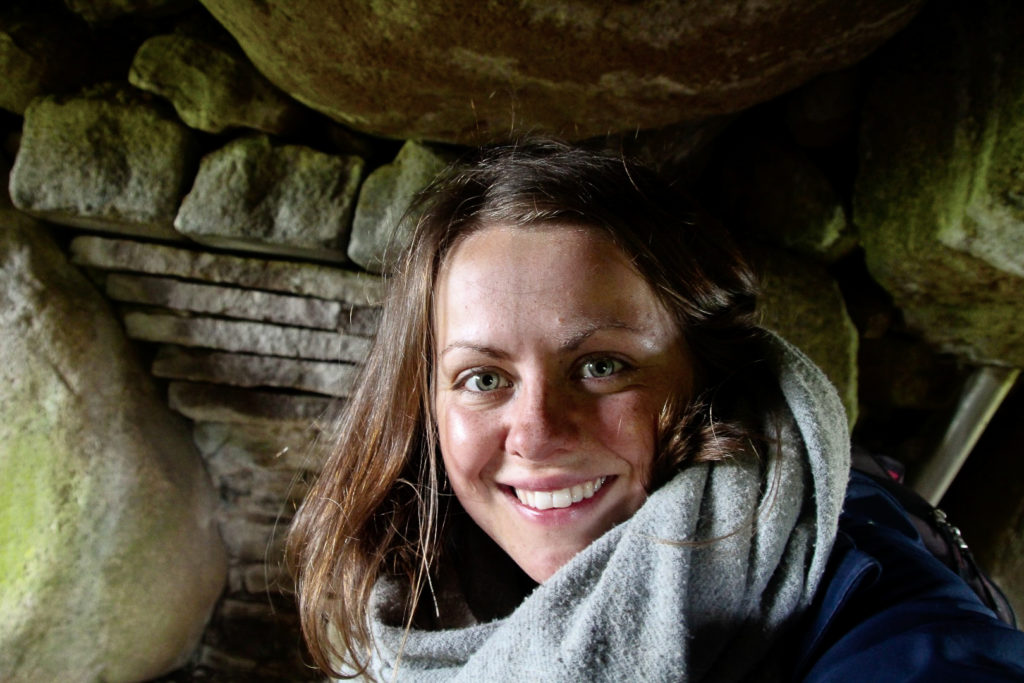
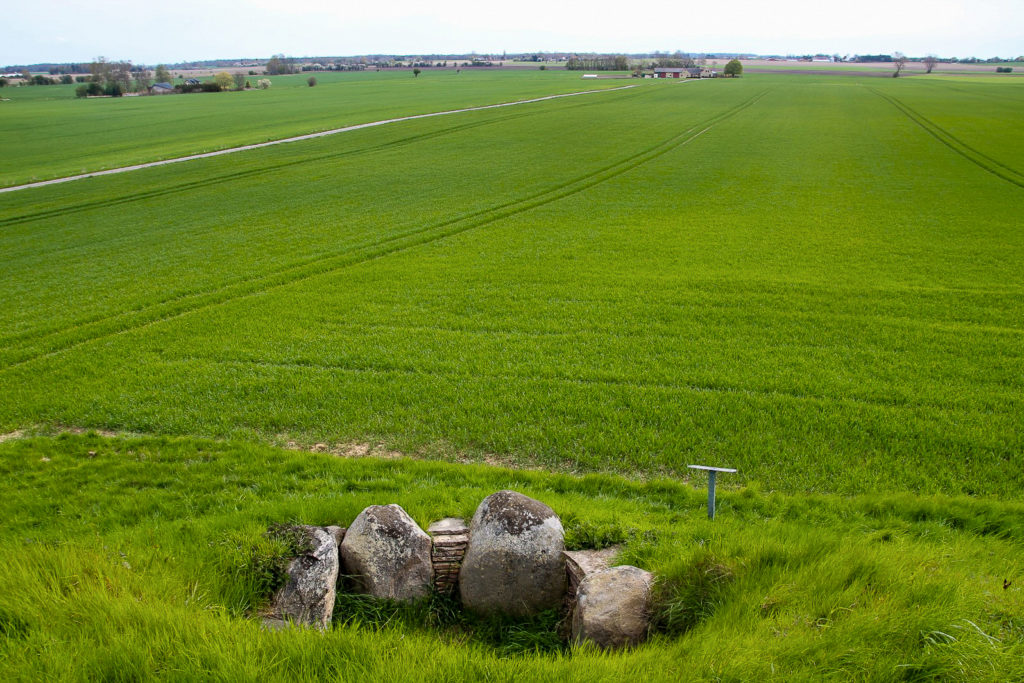
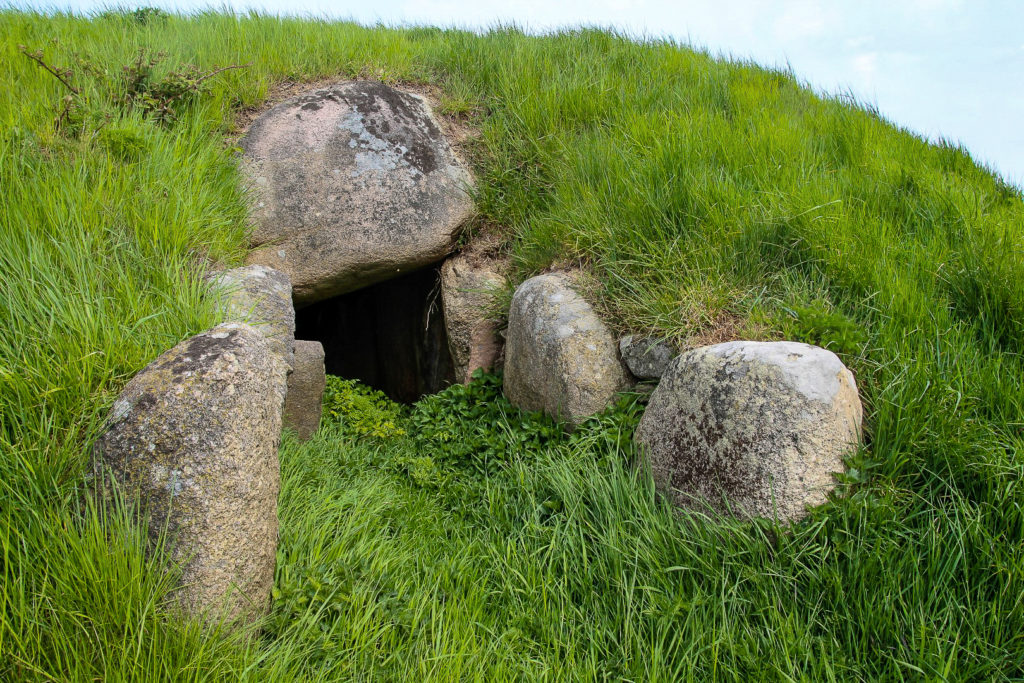
The moorlands of Borremosen
The last place I wanted to see before leaving the island was Borremosen, a beautiful area with peat bogs and meadows. It’s a wonderful place for a little hike in nature along small footpaths and walkways. Ducks were screeching, birds singing and the air was thick and warm.
It started to rain as I was finishing up my hike, and I still had 11 kilometres to bike to catch the train back to Lolland… That wasn’t fun, but at least I got to see everything I wanted in northeast Falster in good weather!
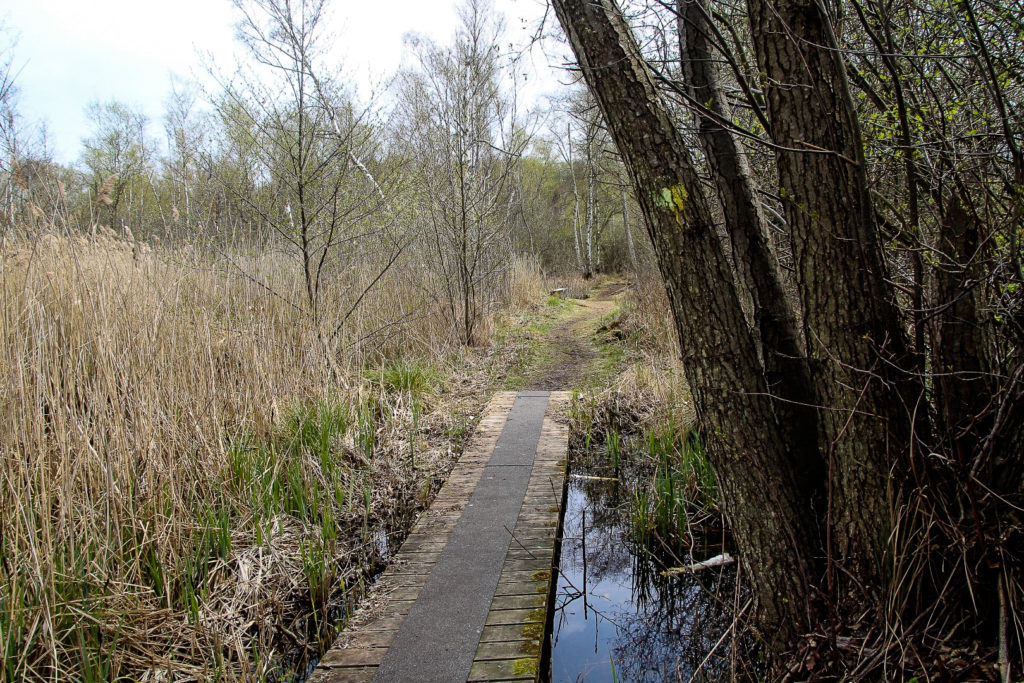
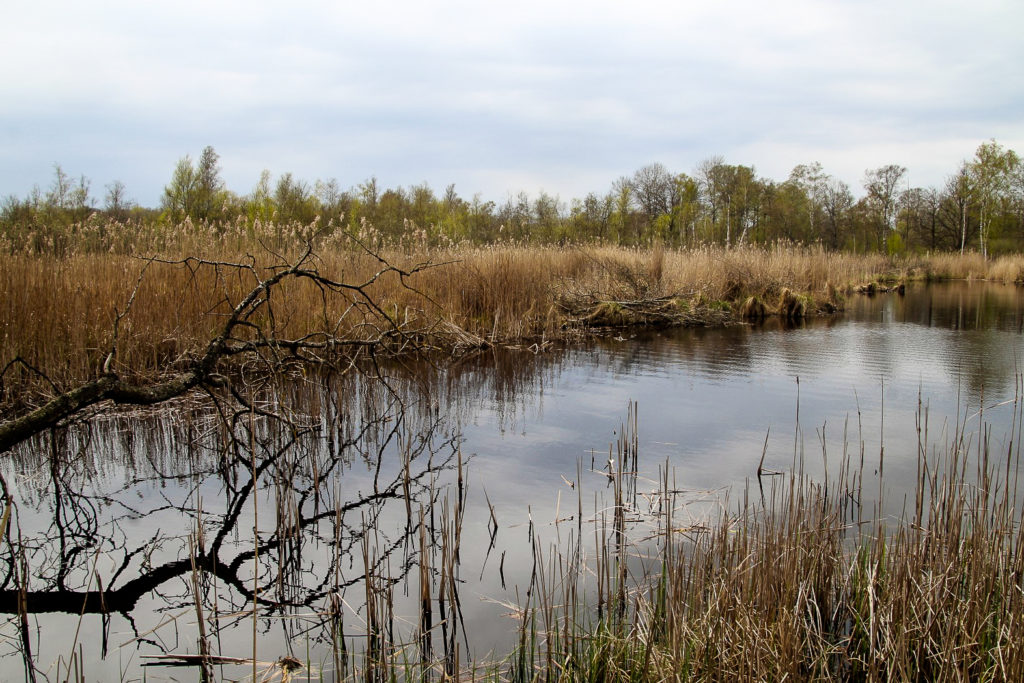
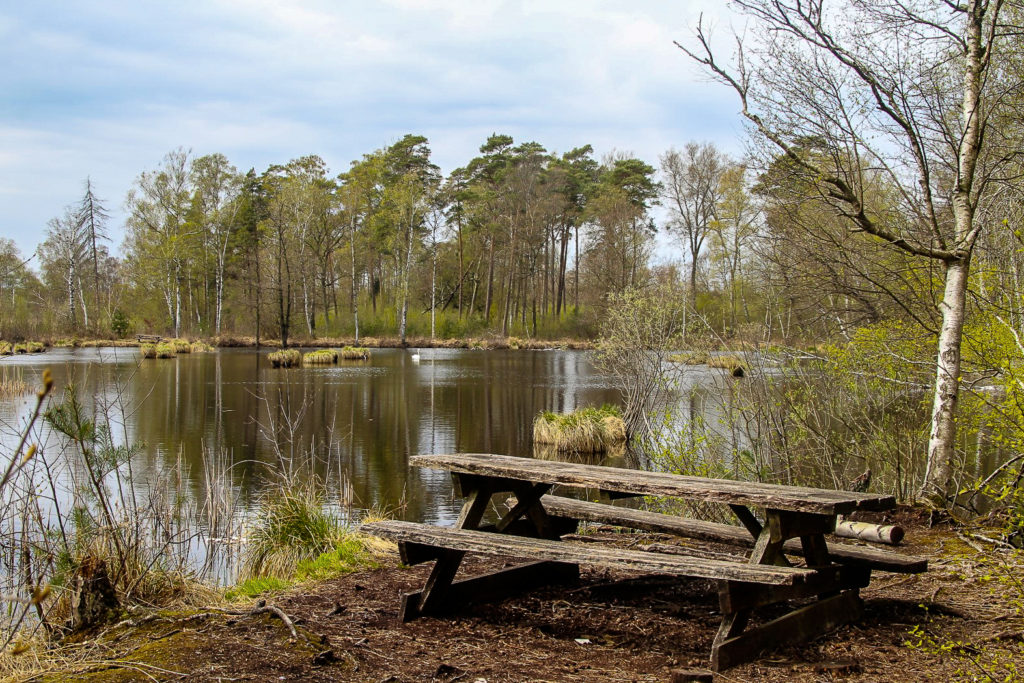
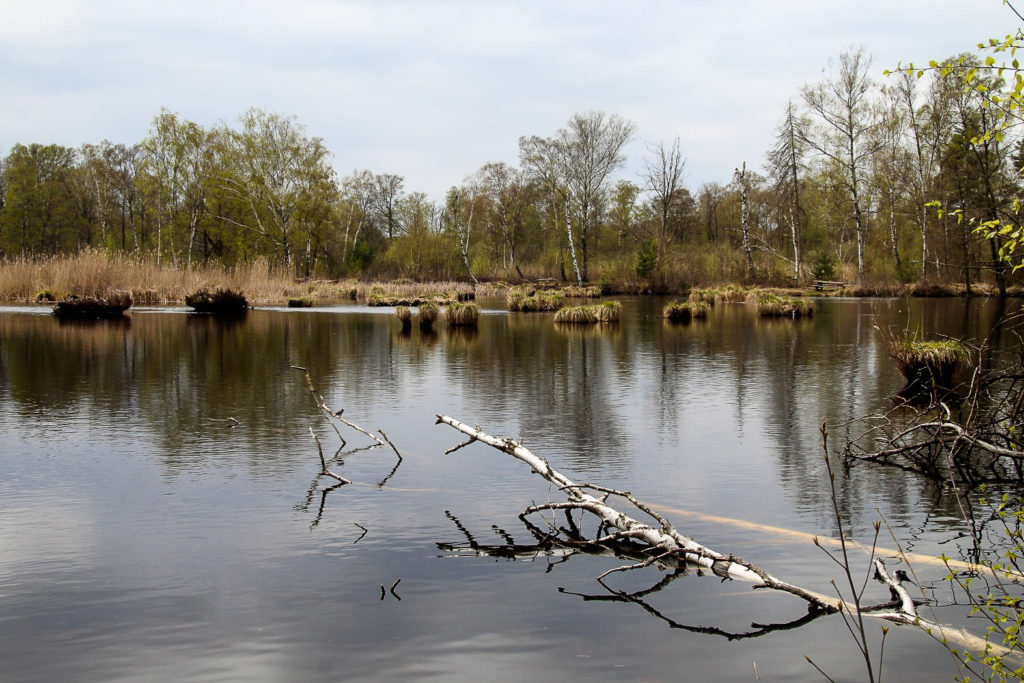
Northeast Falster was a huge surprise to me. A huge, positive surprise. I never even considered Falster as a destination before moving to Lolland, but now I have no doubt that I’ll return. I consider it one of the most beautiful parts of Denmark!
Leave a Comment
Pingback: My May-June 2022: Around Denmark, Germany and a slice of the Czech Republic – Northtrotter on 24/08/2021
Pingback: My July 2022: The beginning of a summer of travels – Northtrotter on 24/08/2021
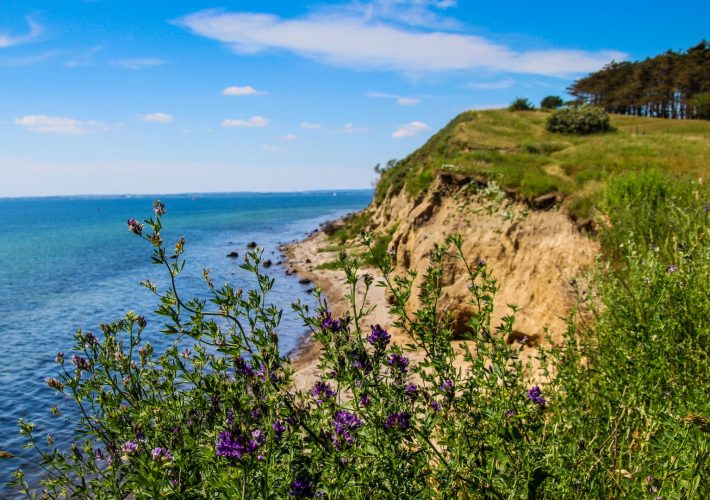
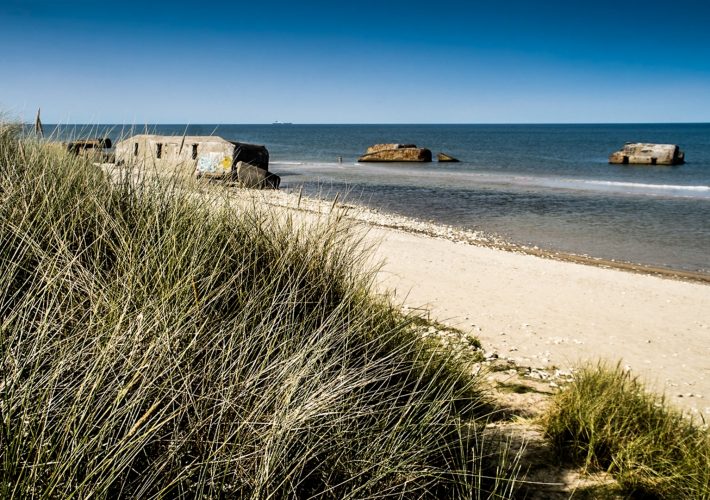
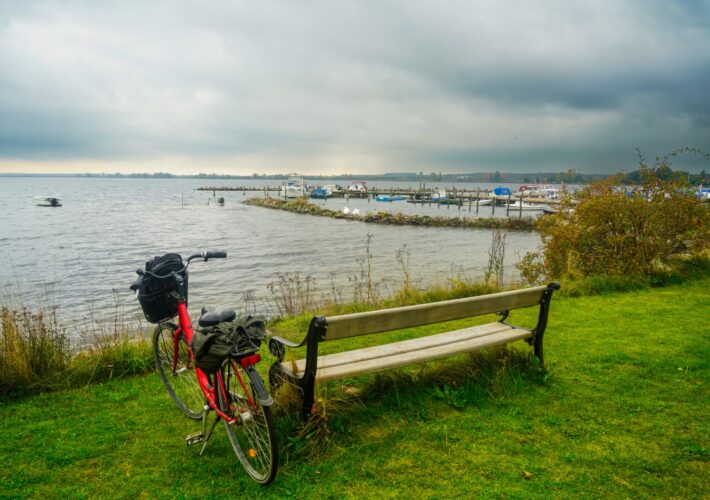
2 COMMENTS